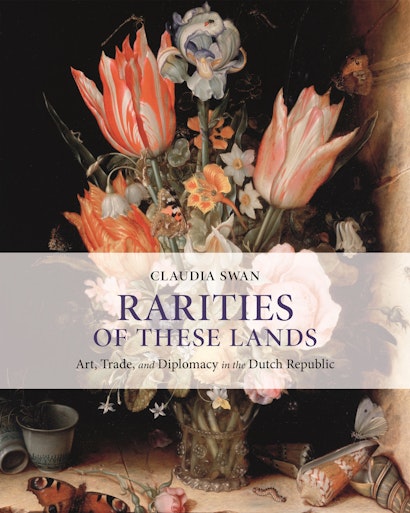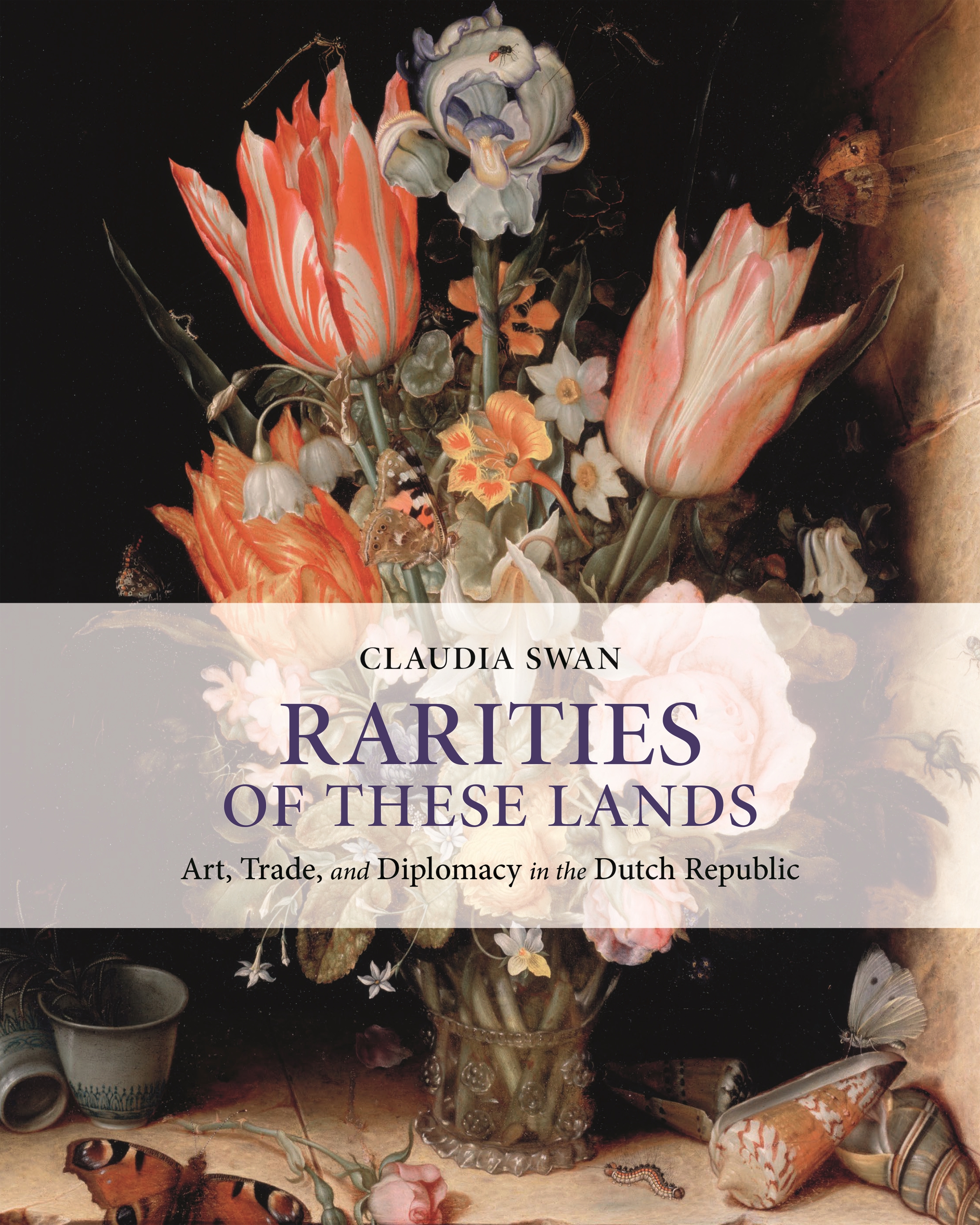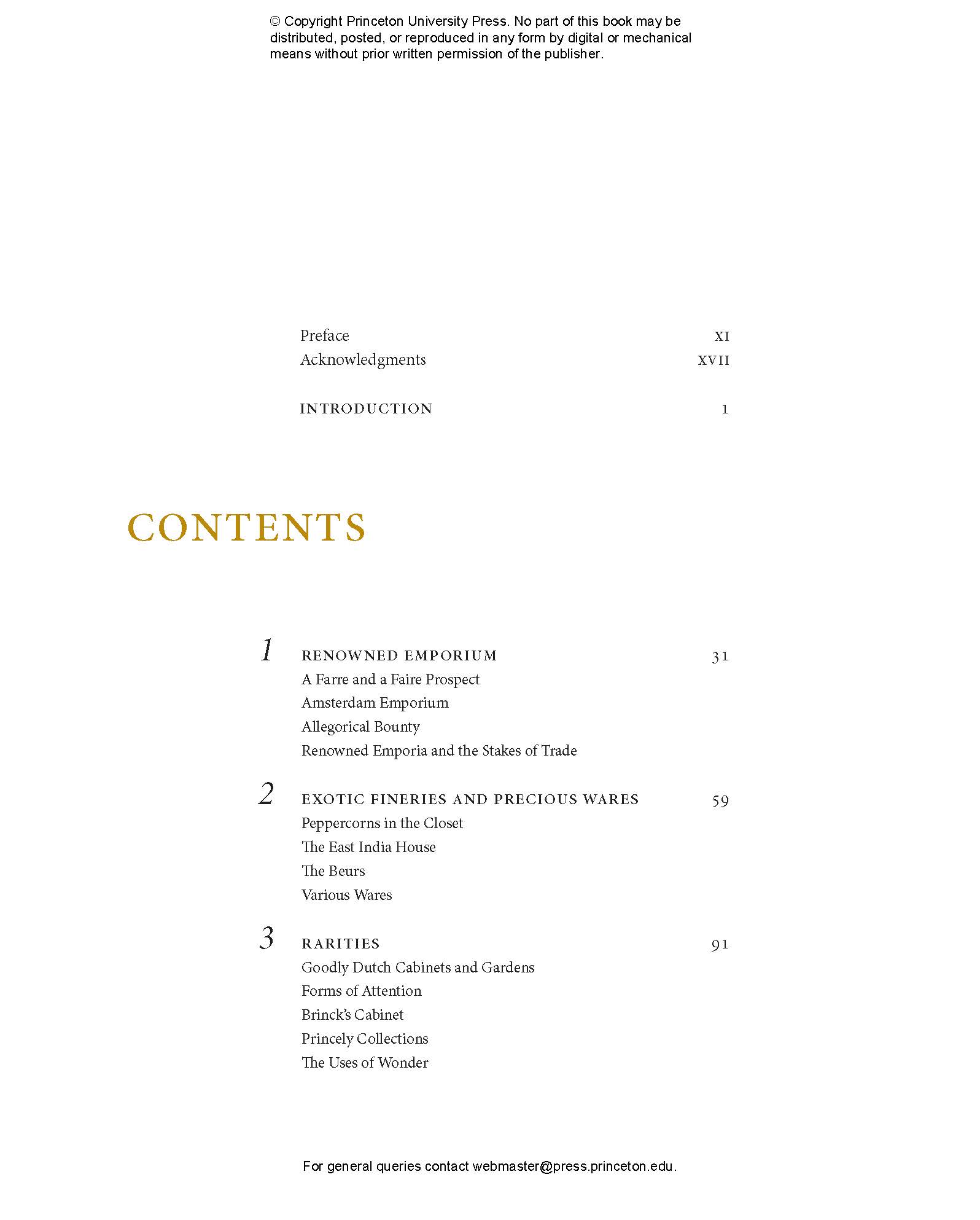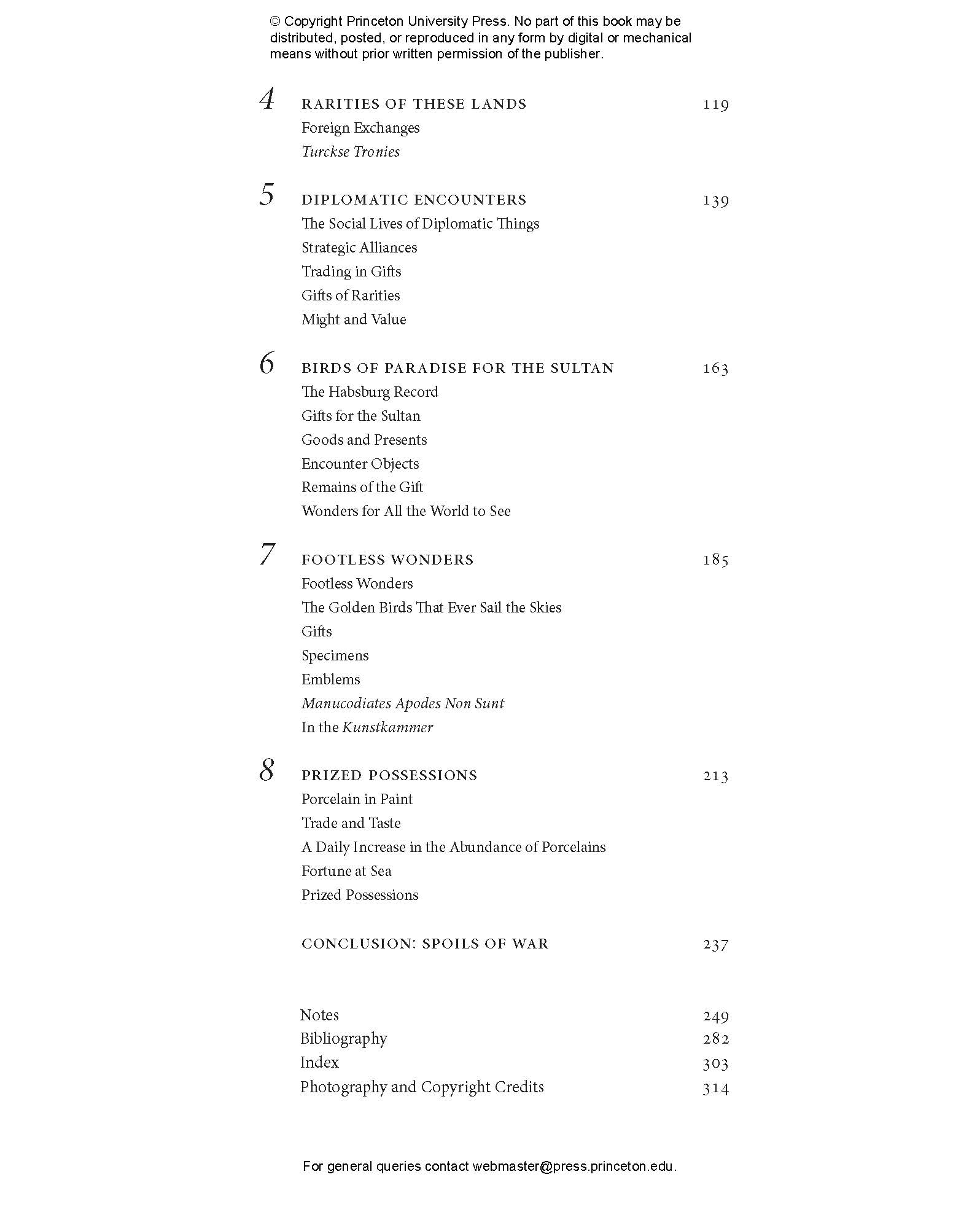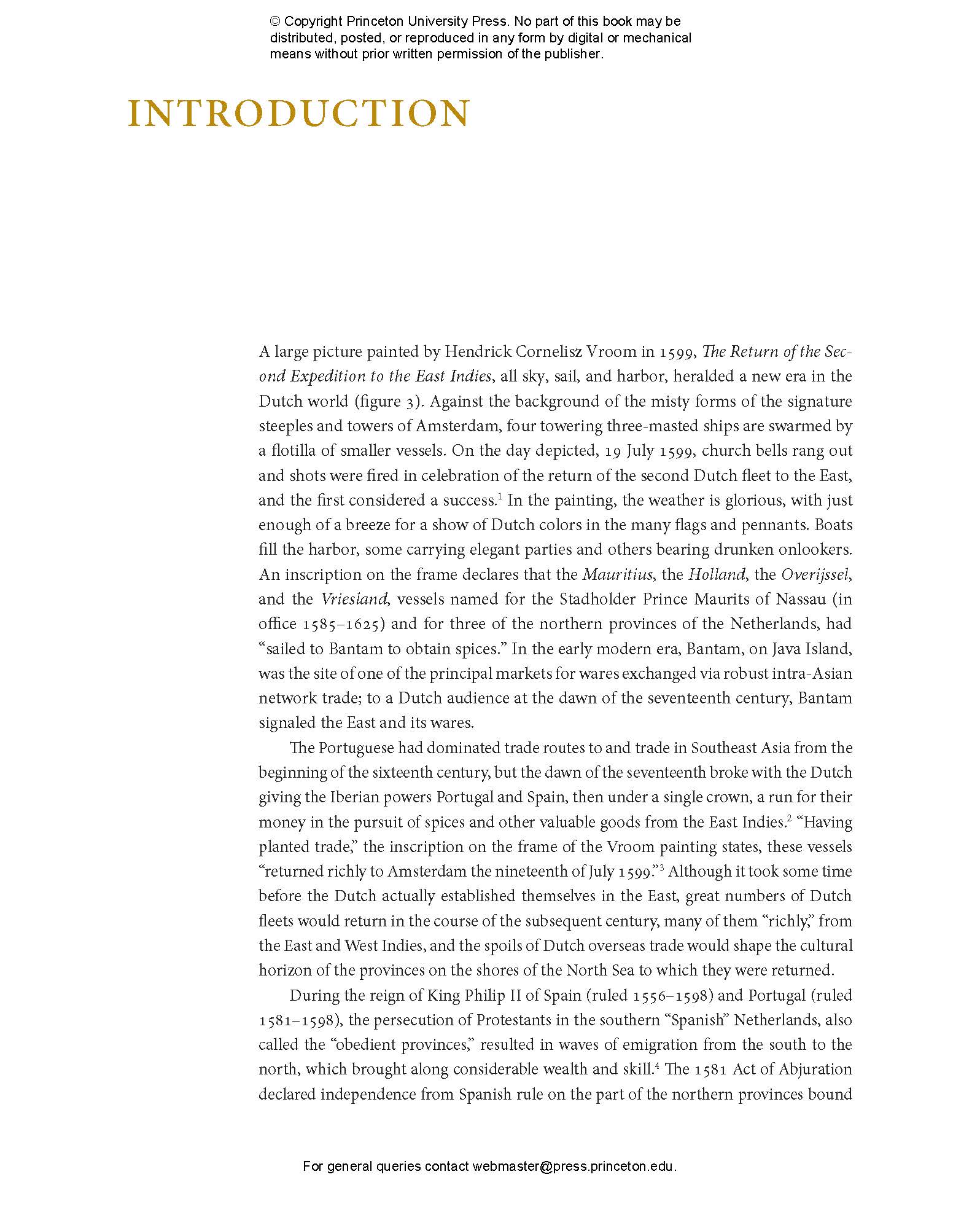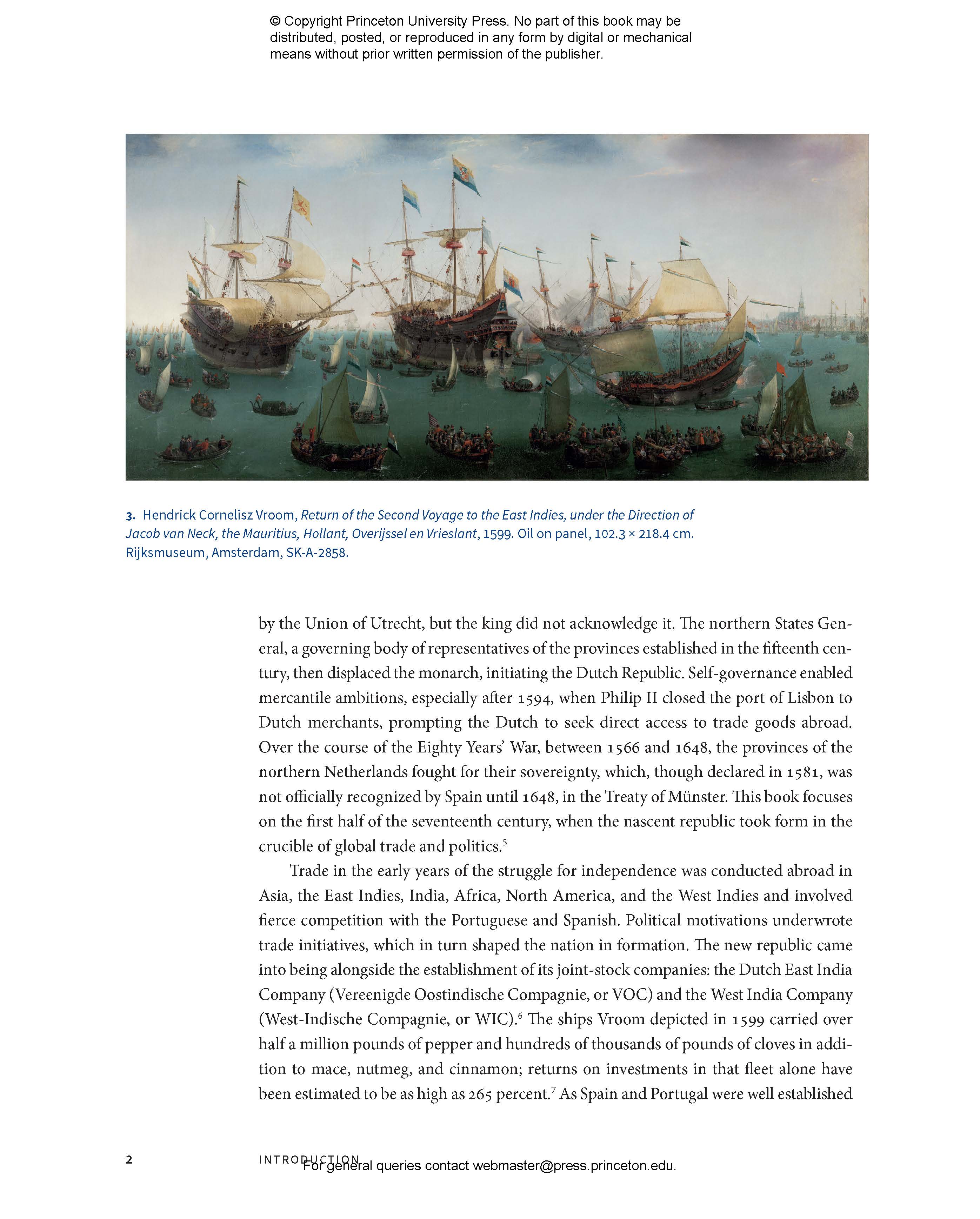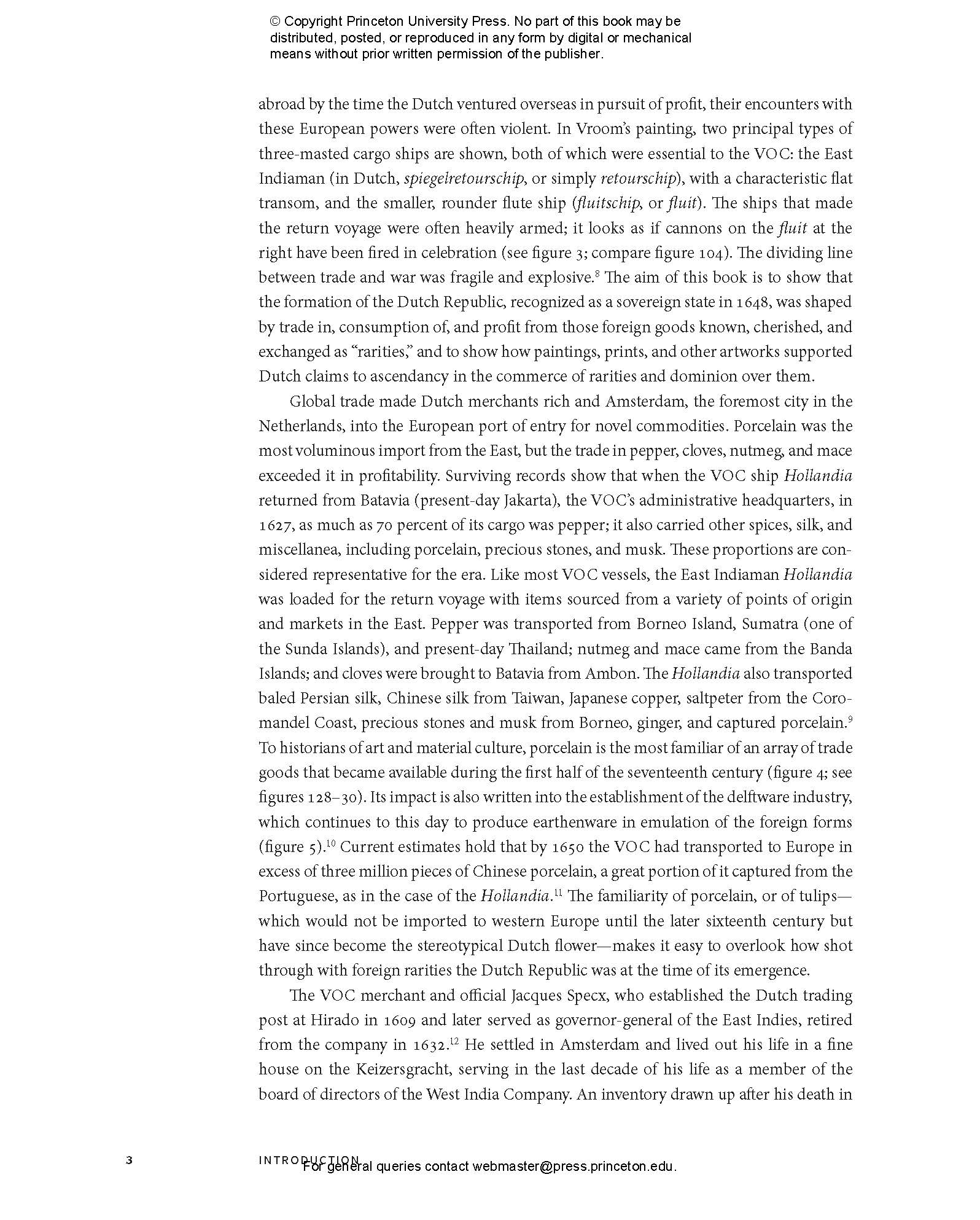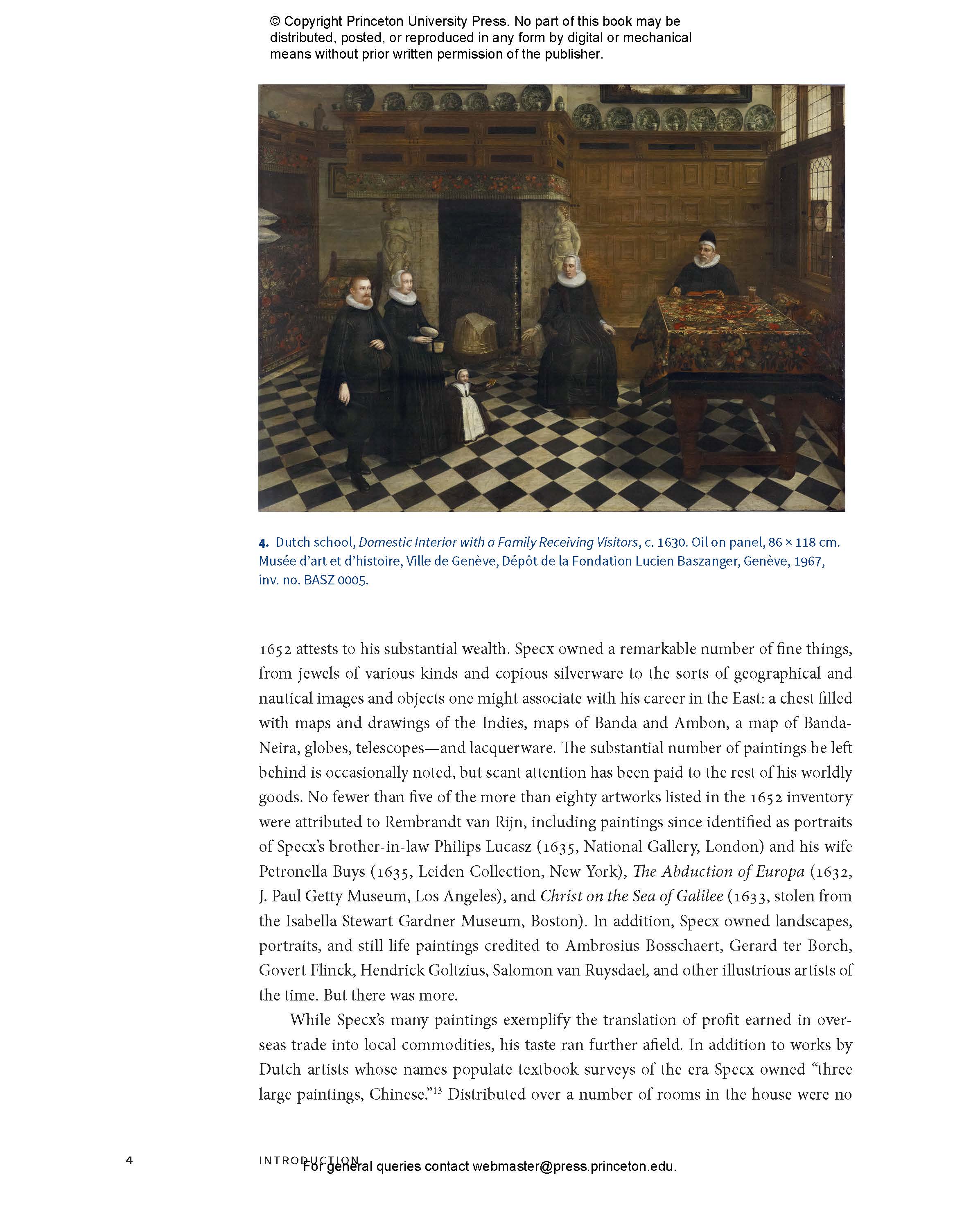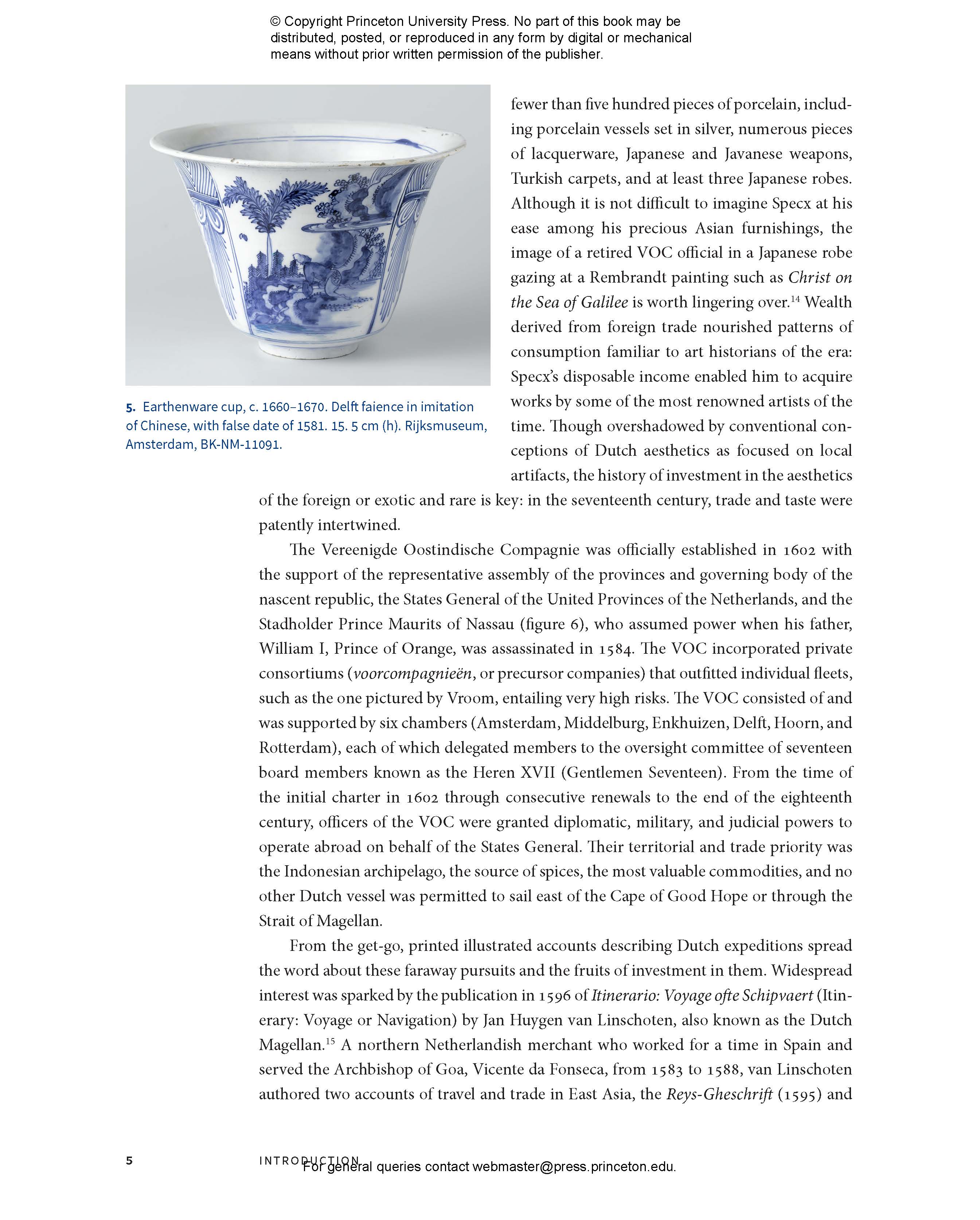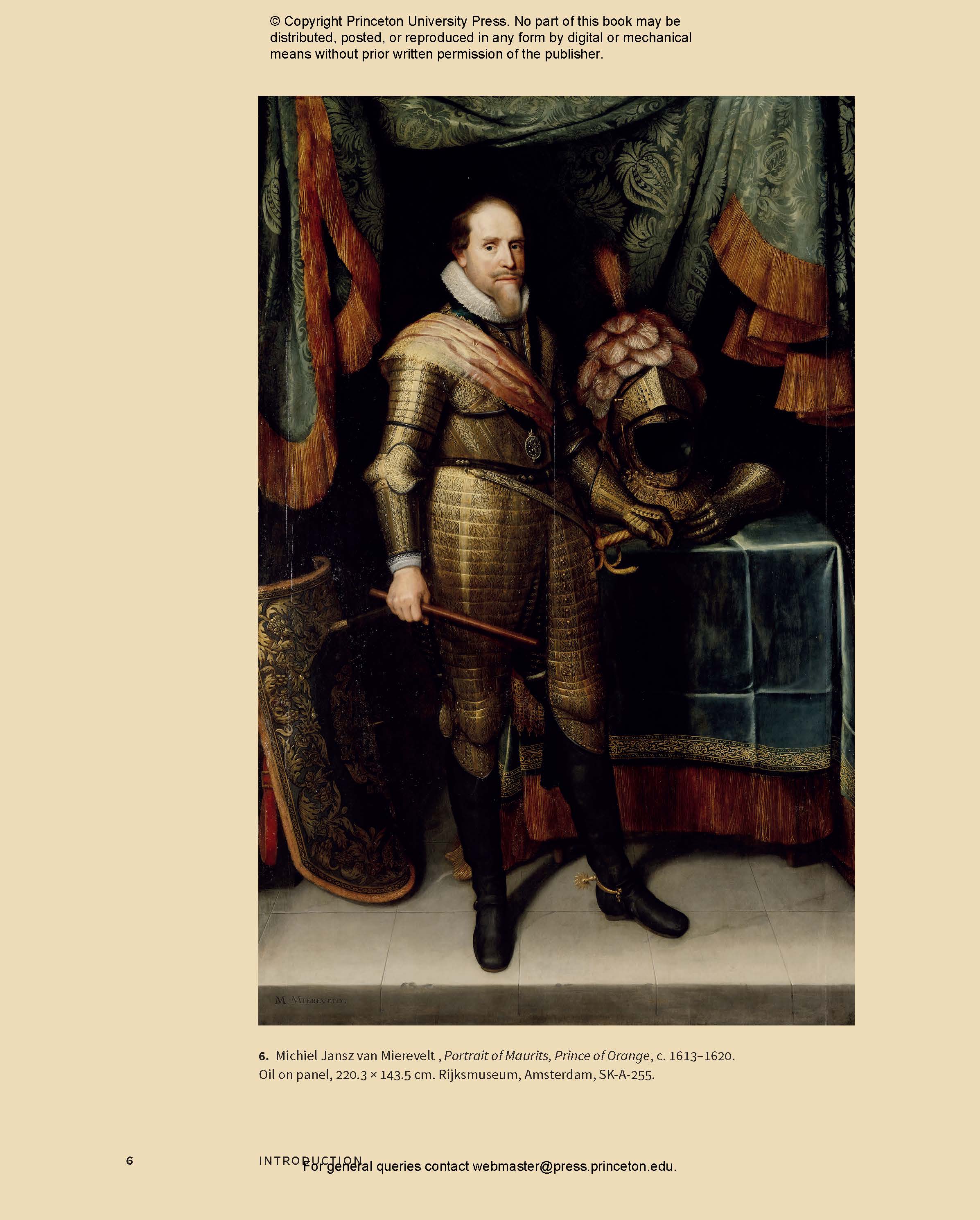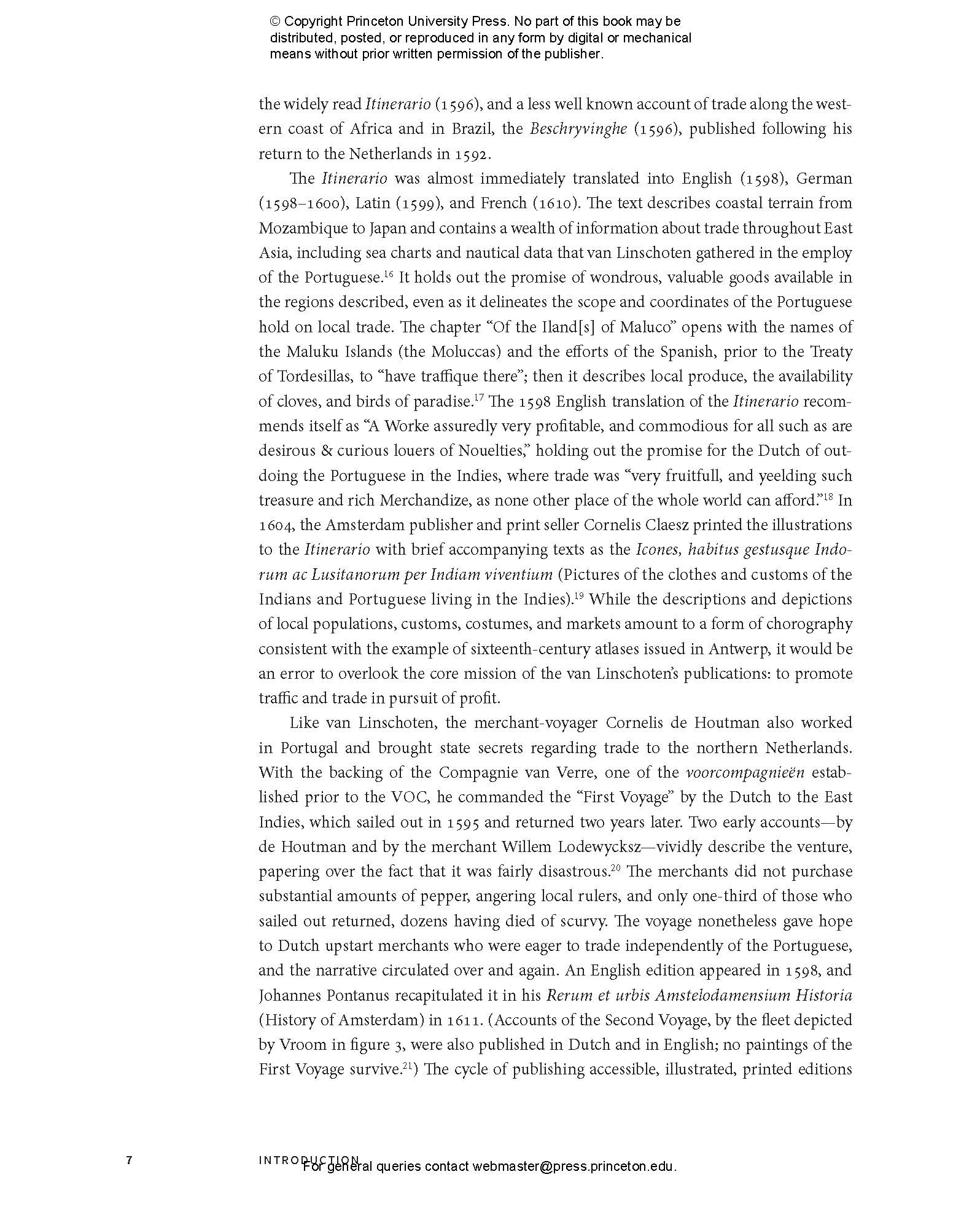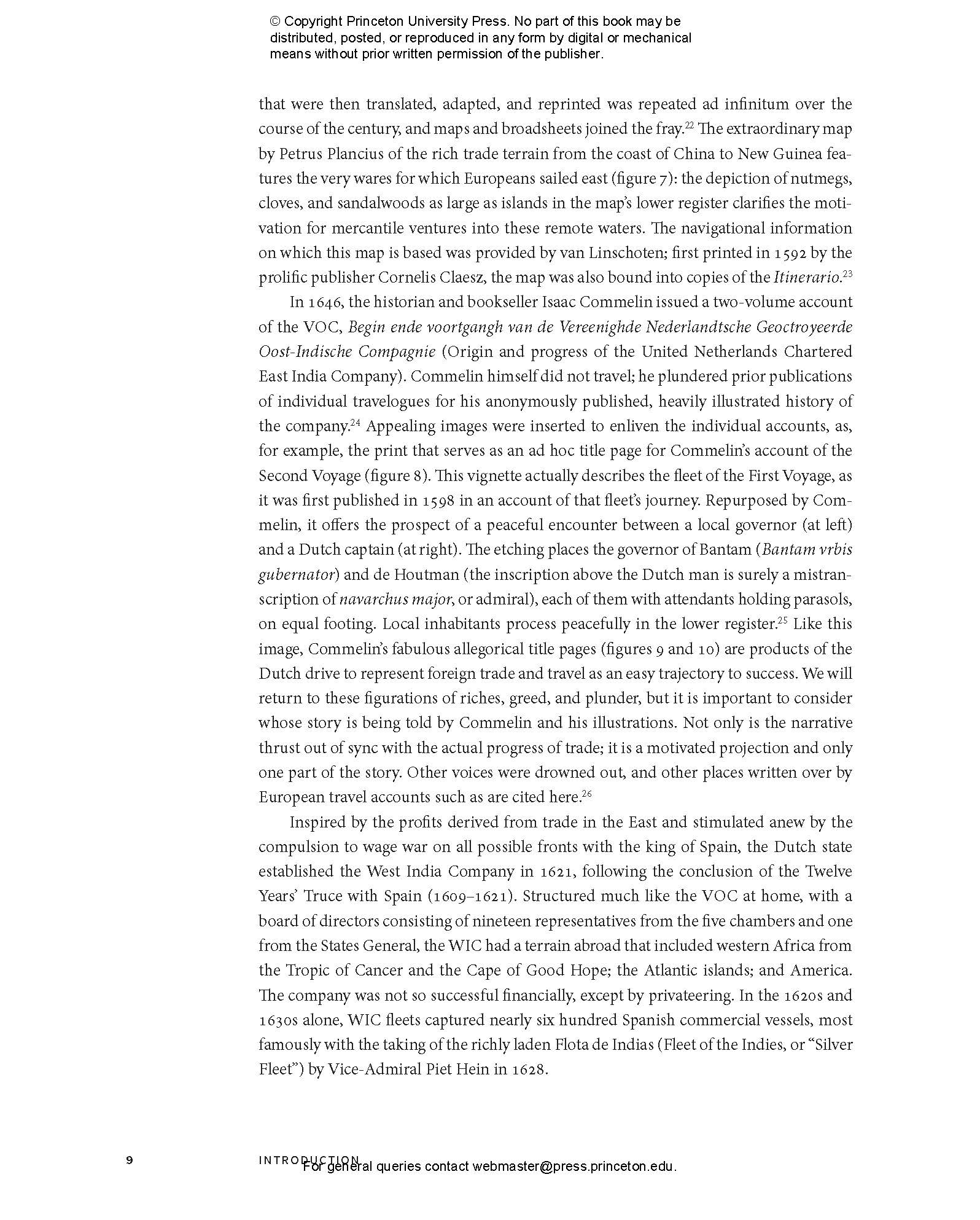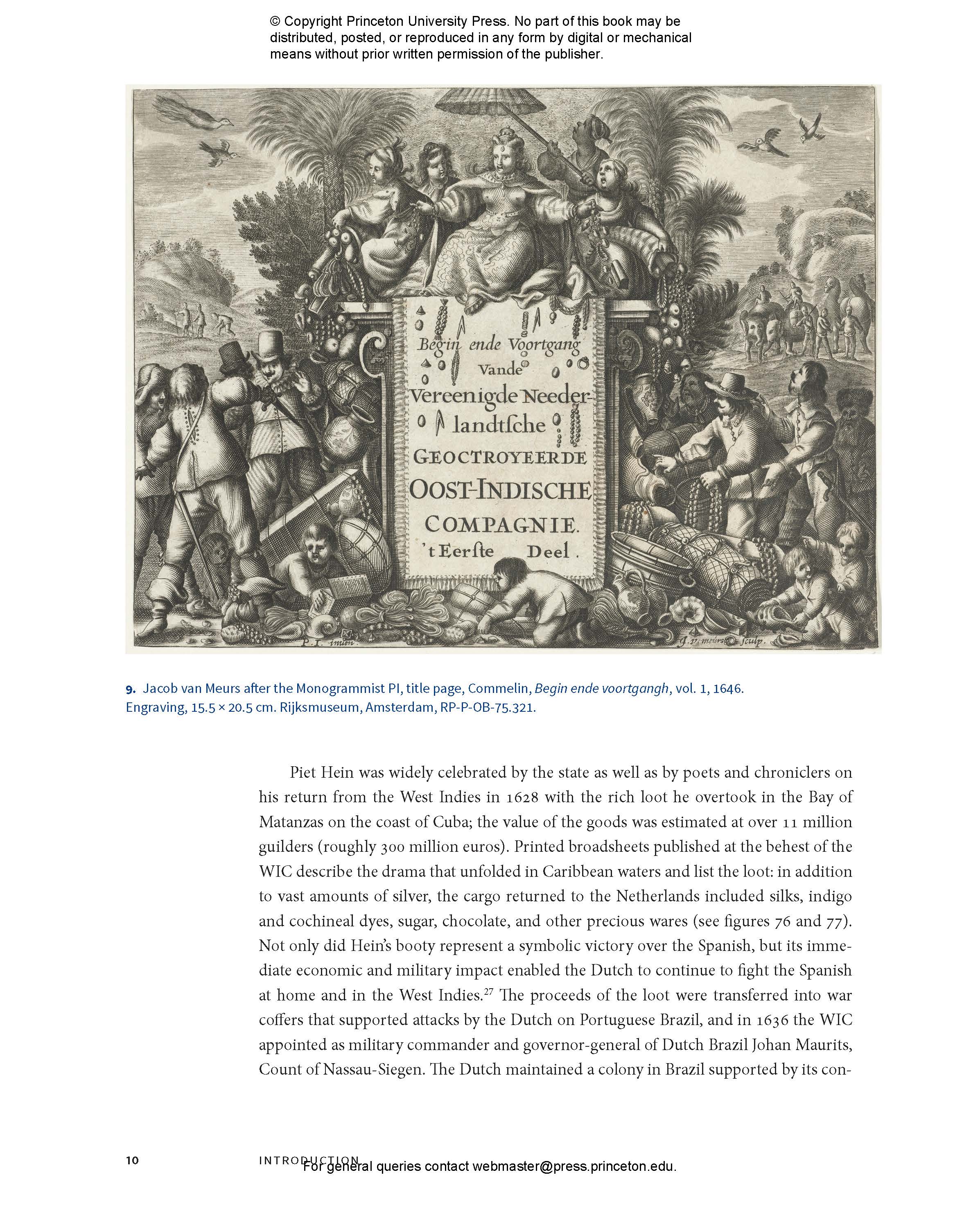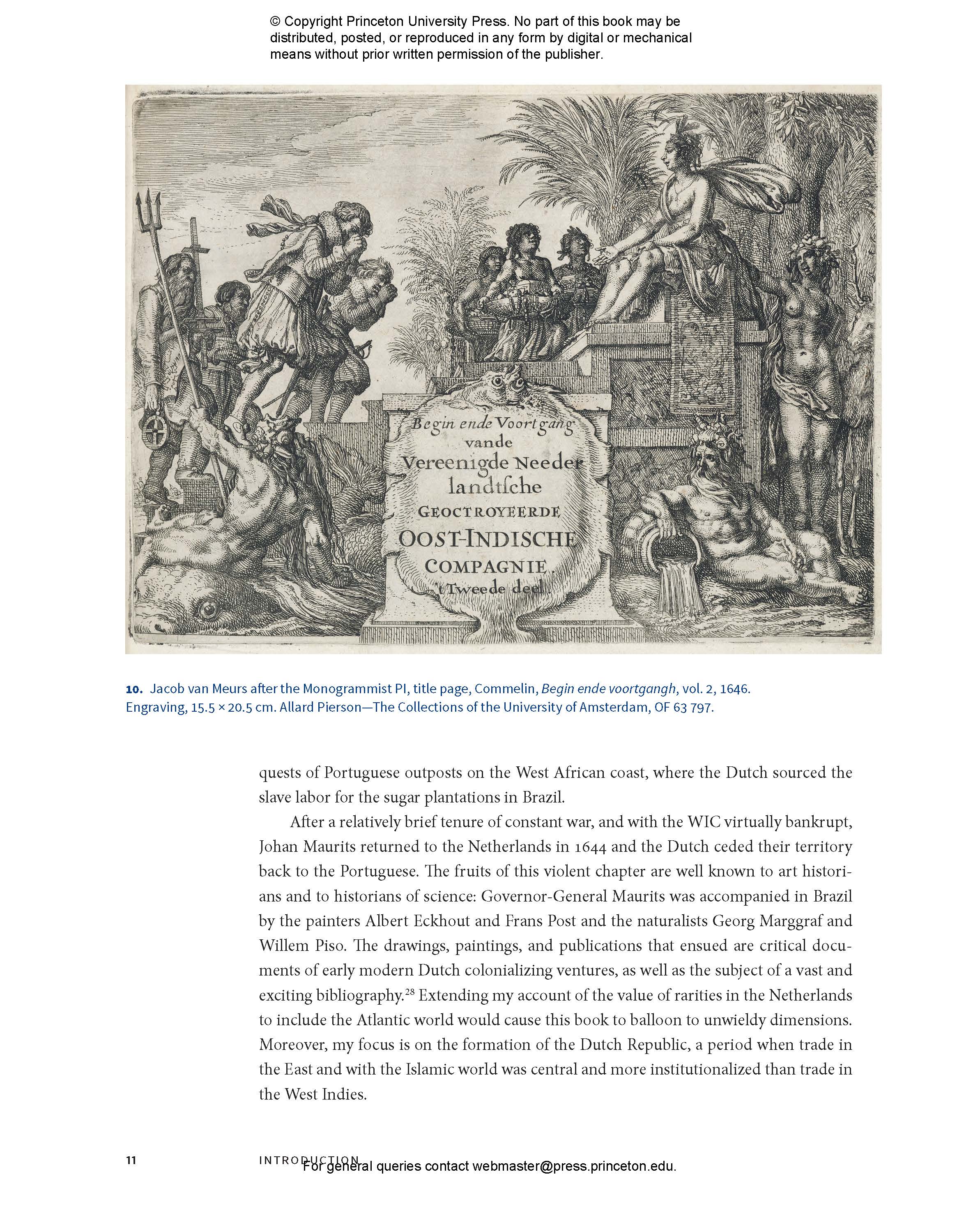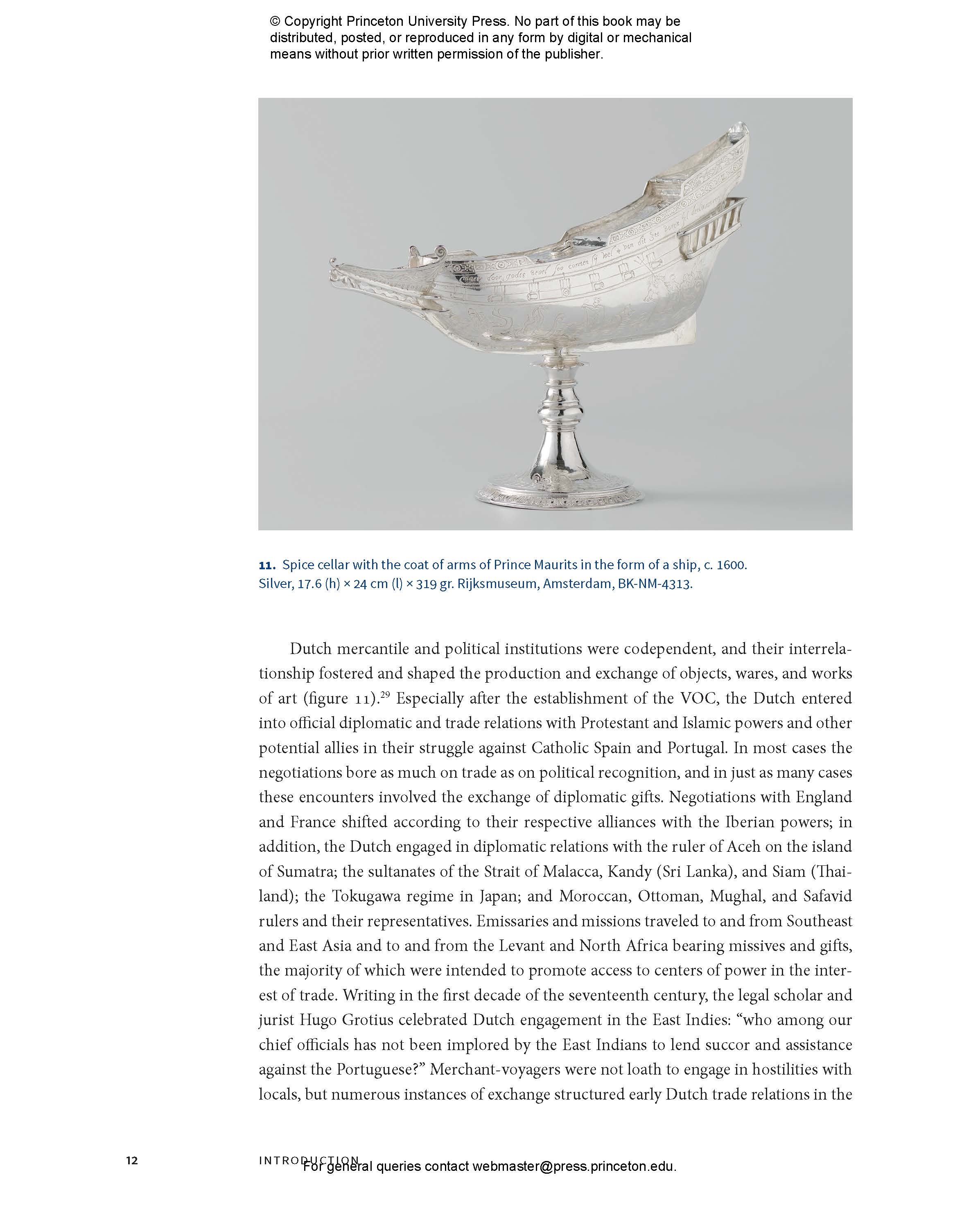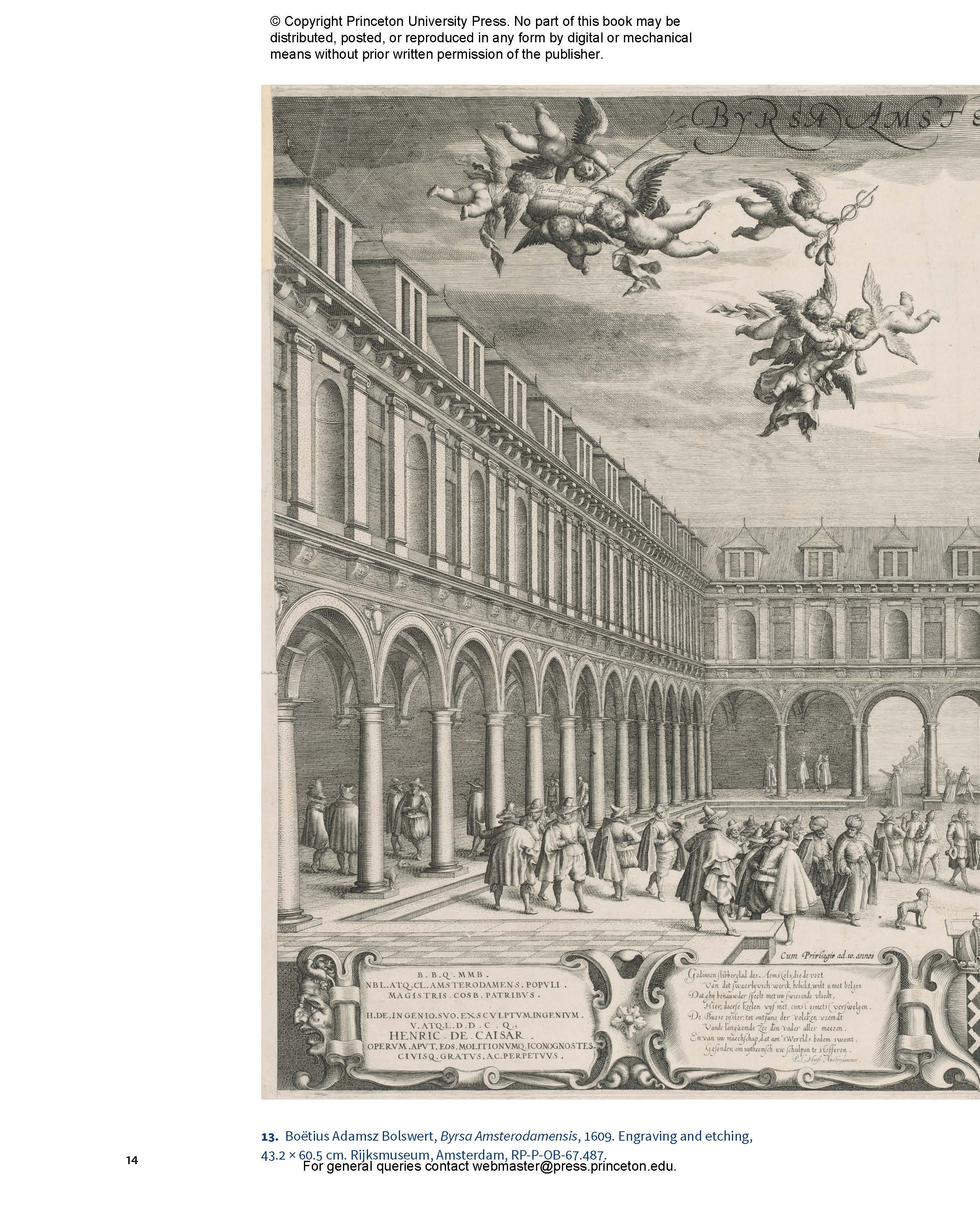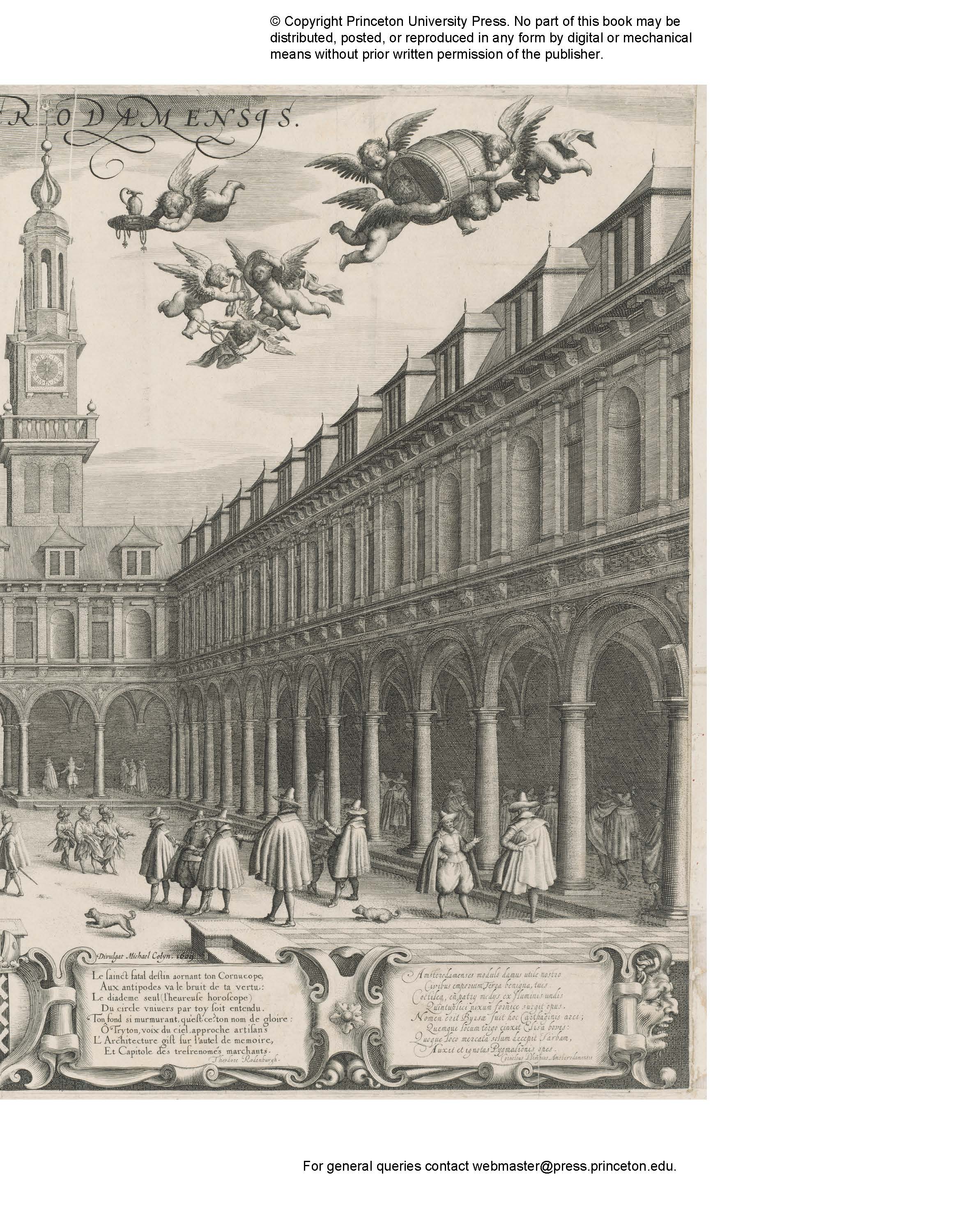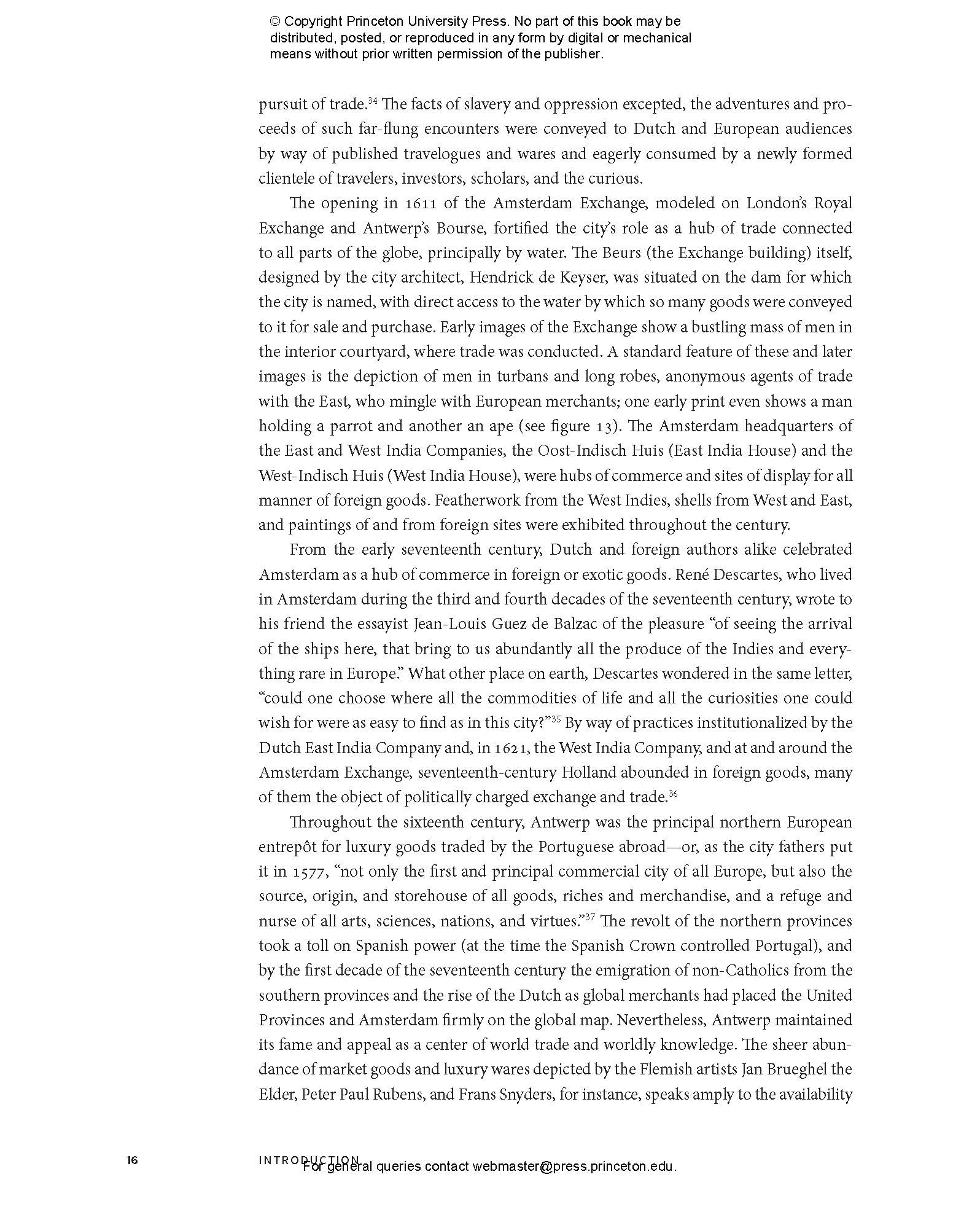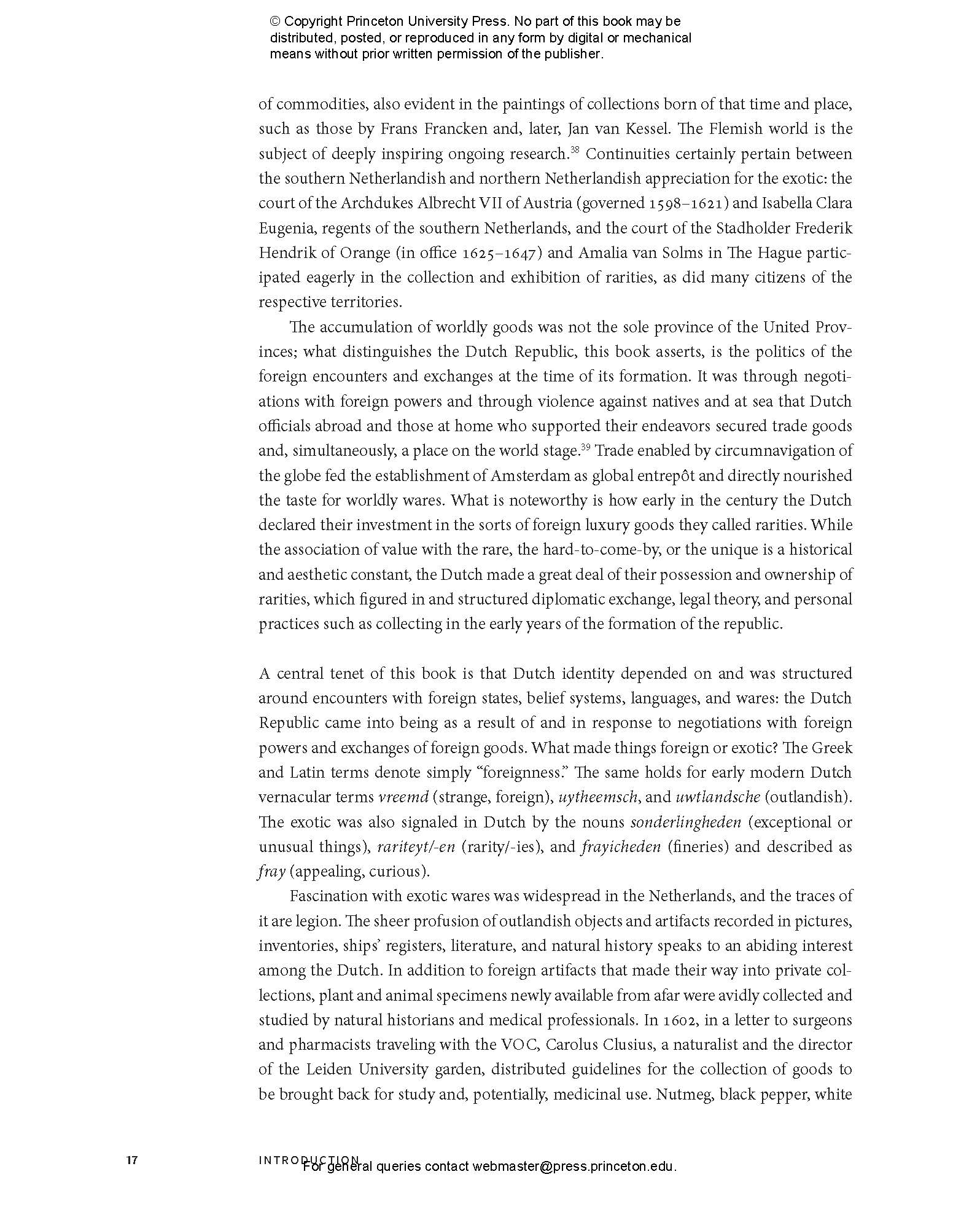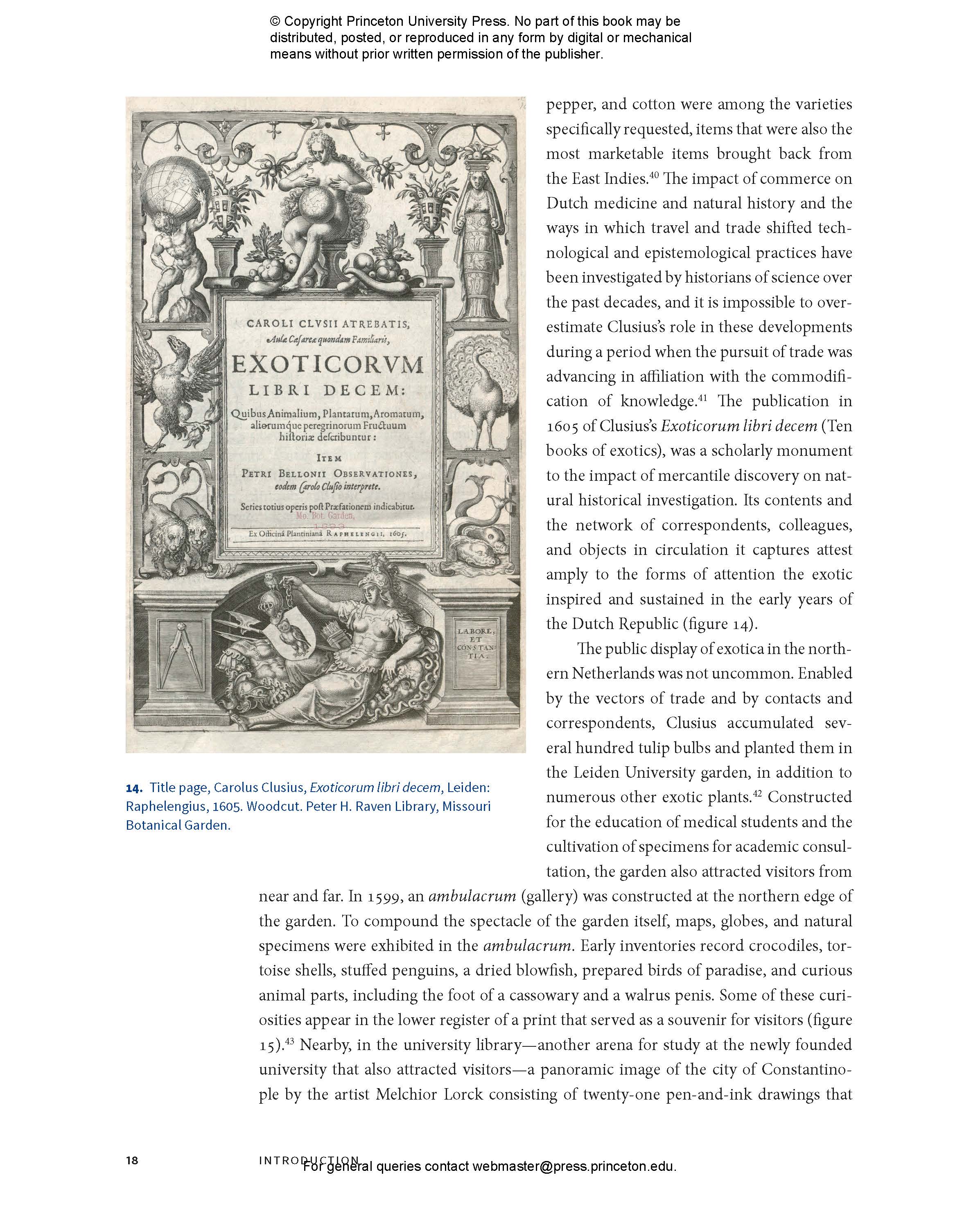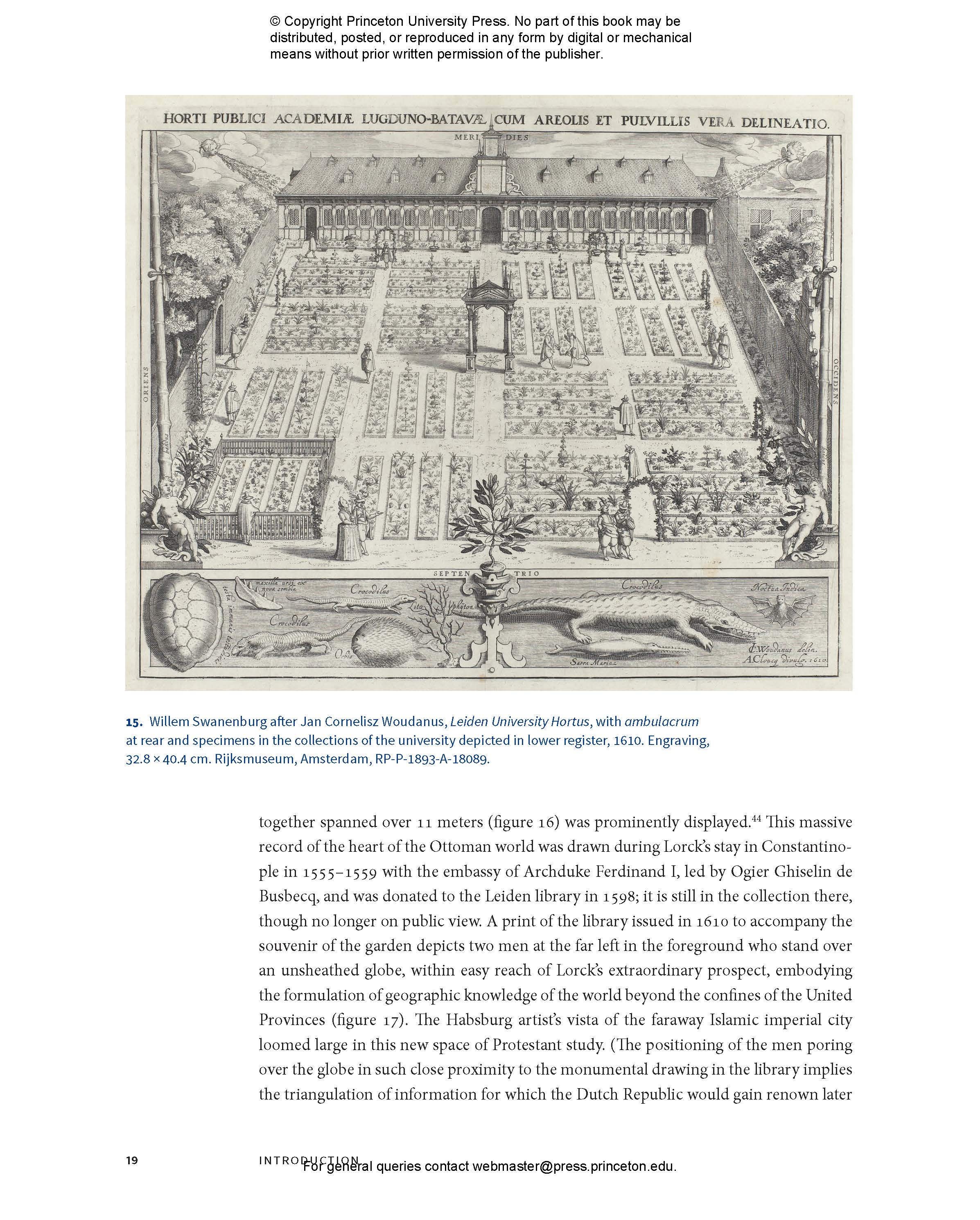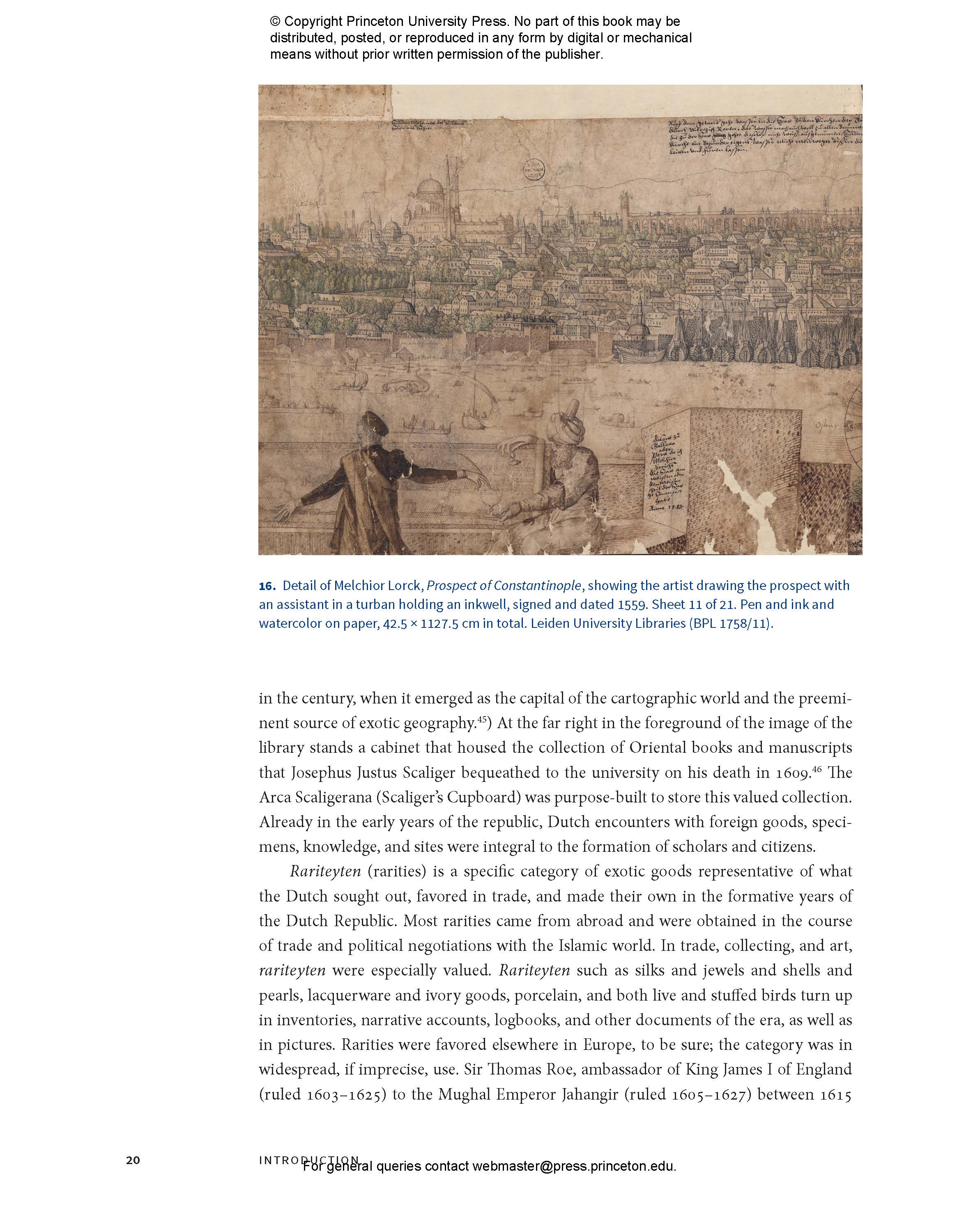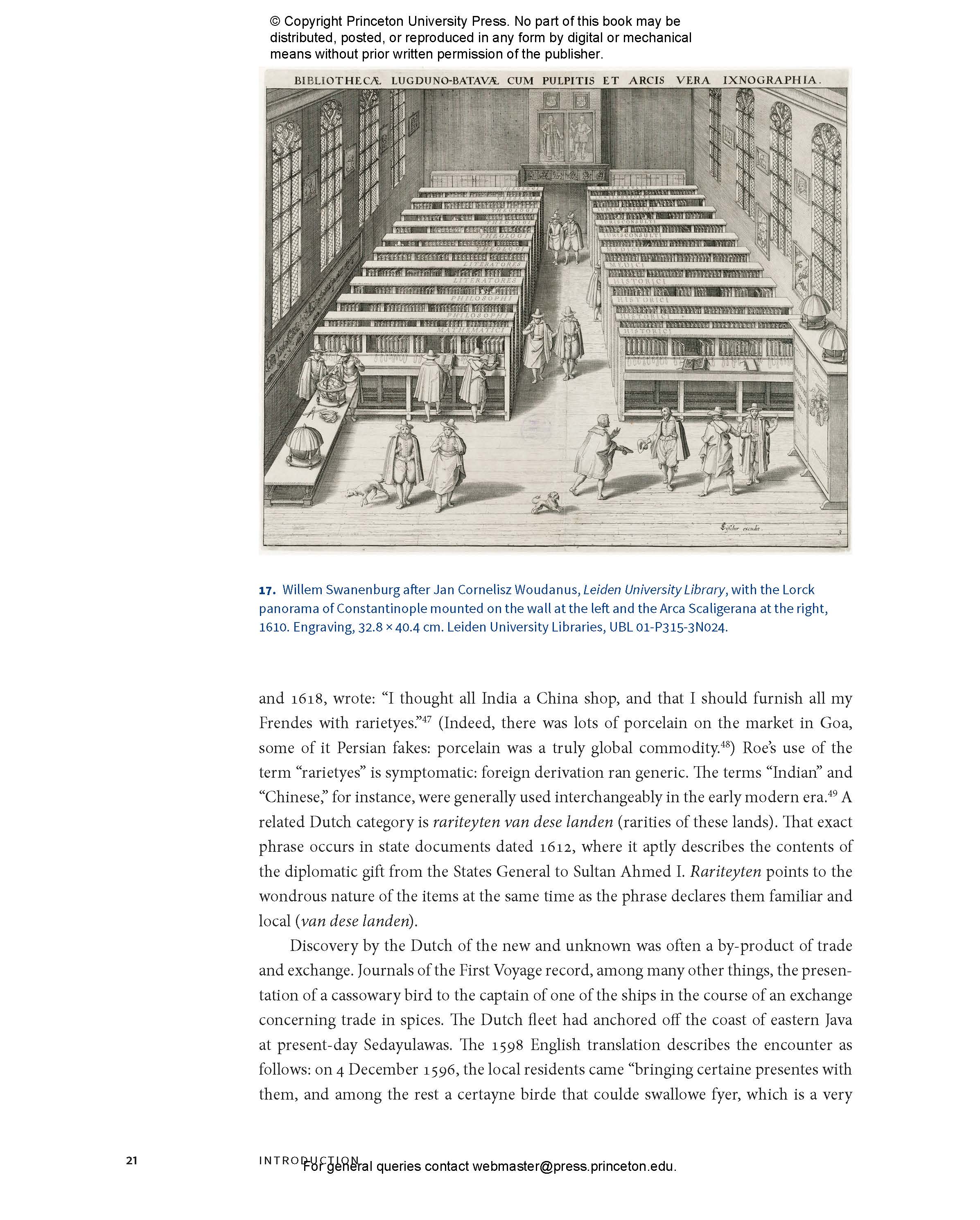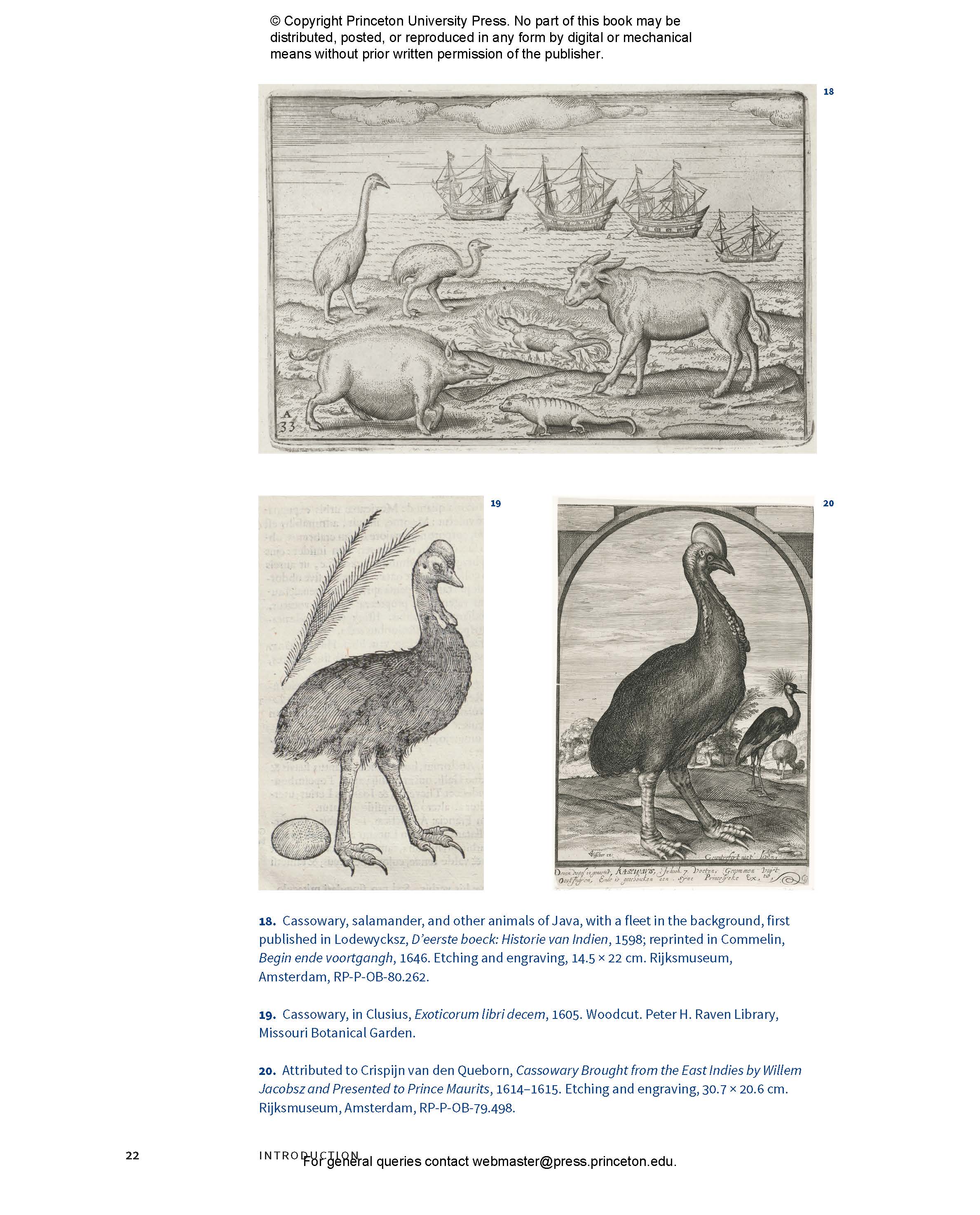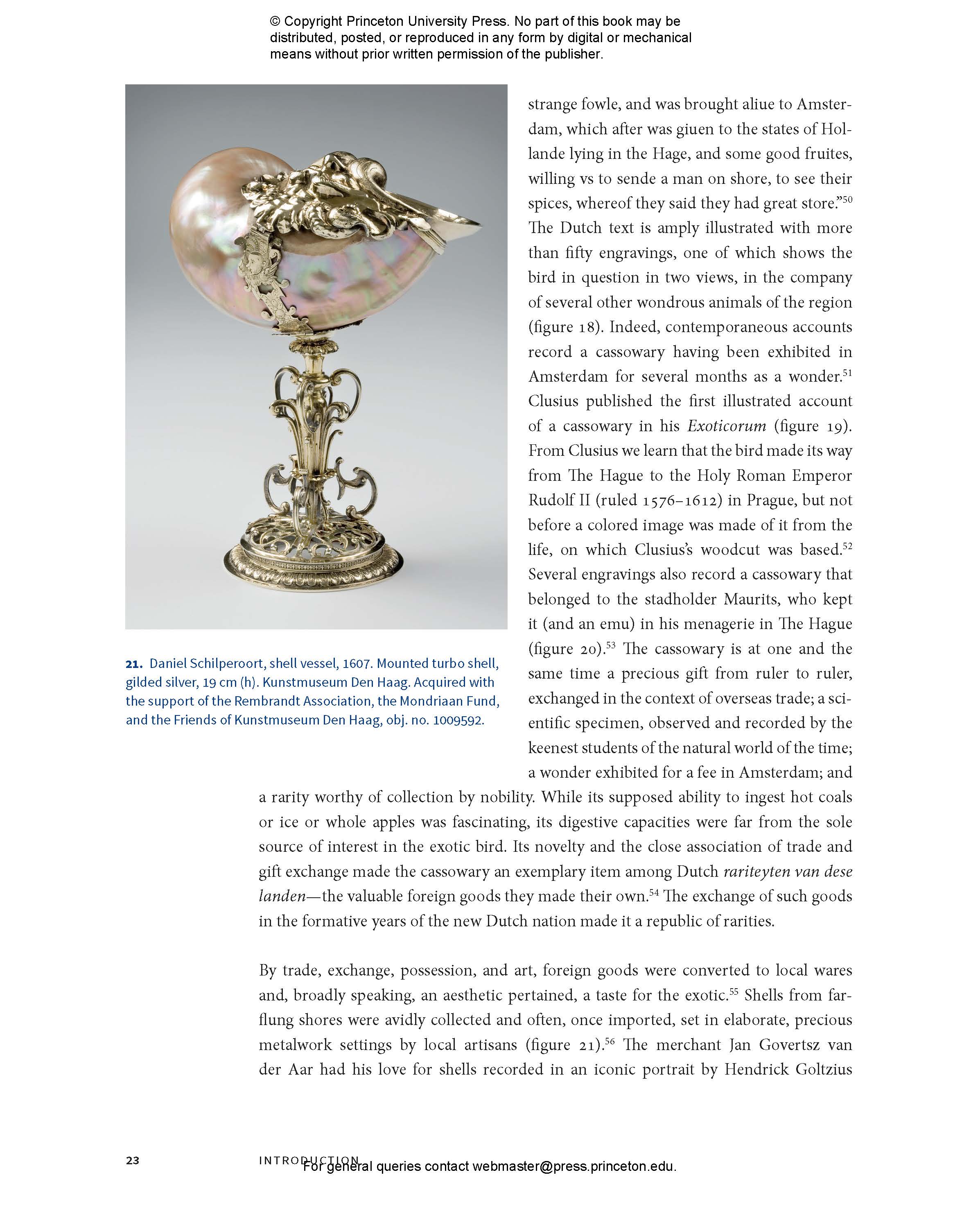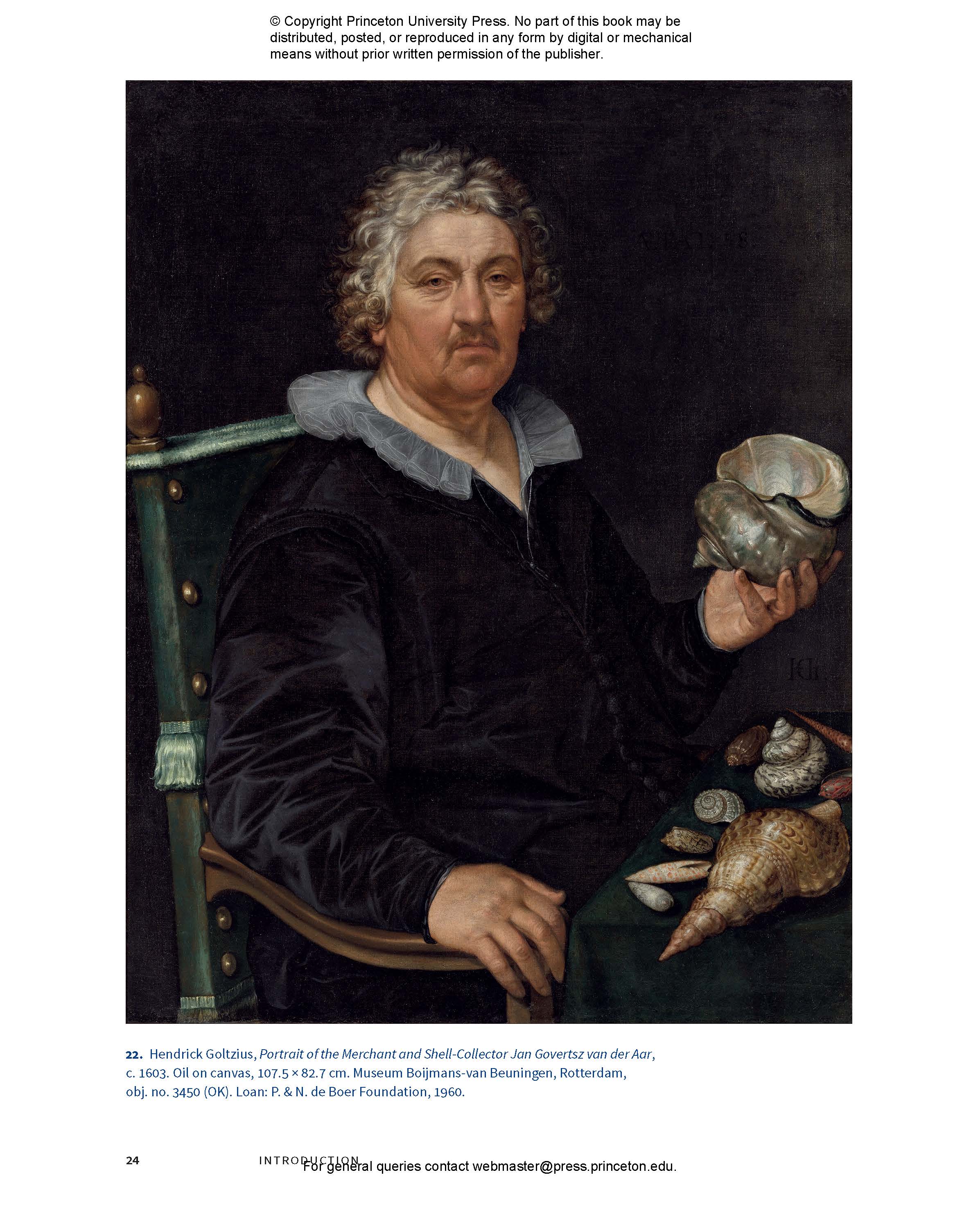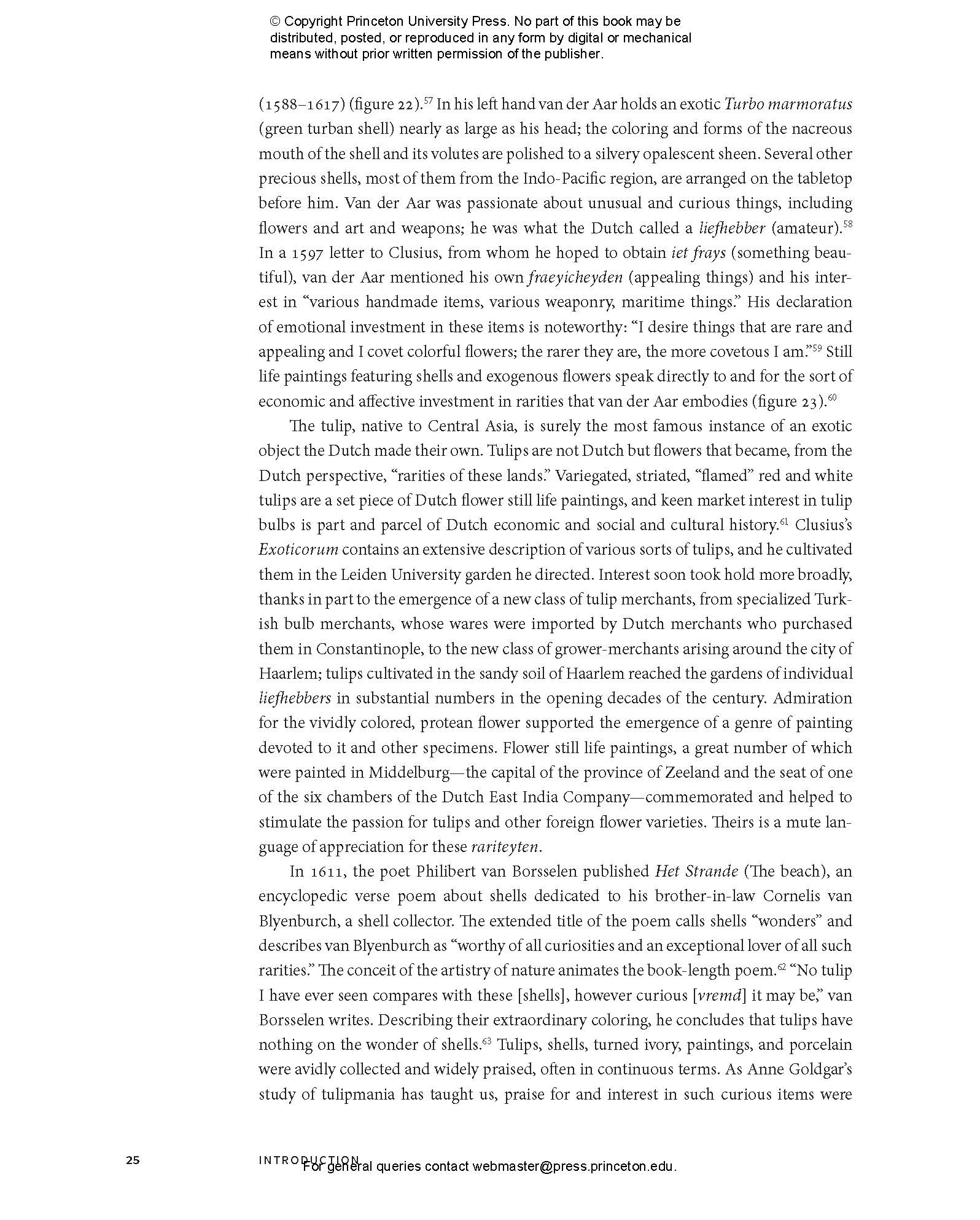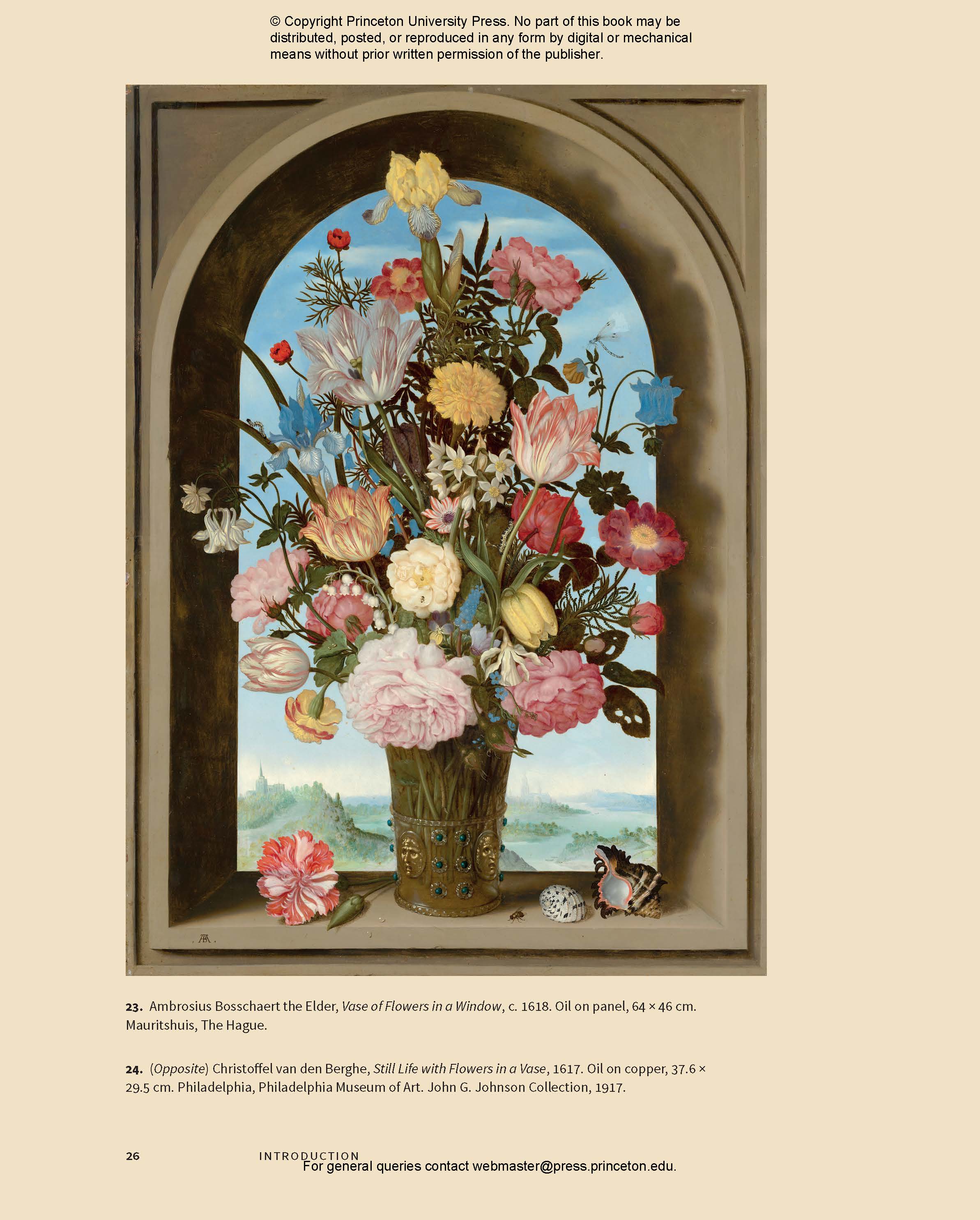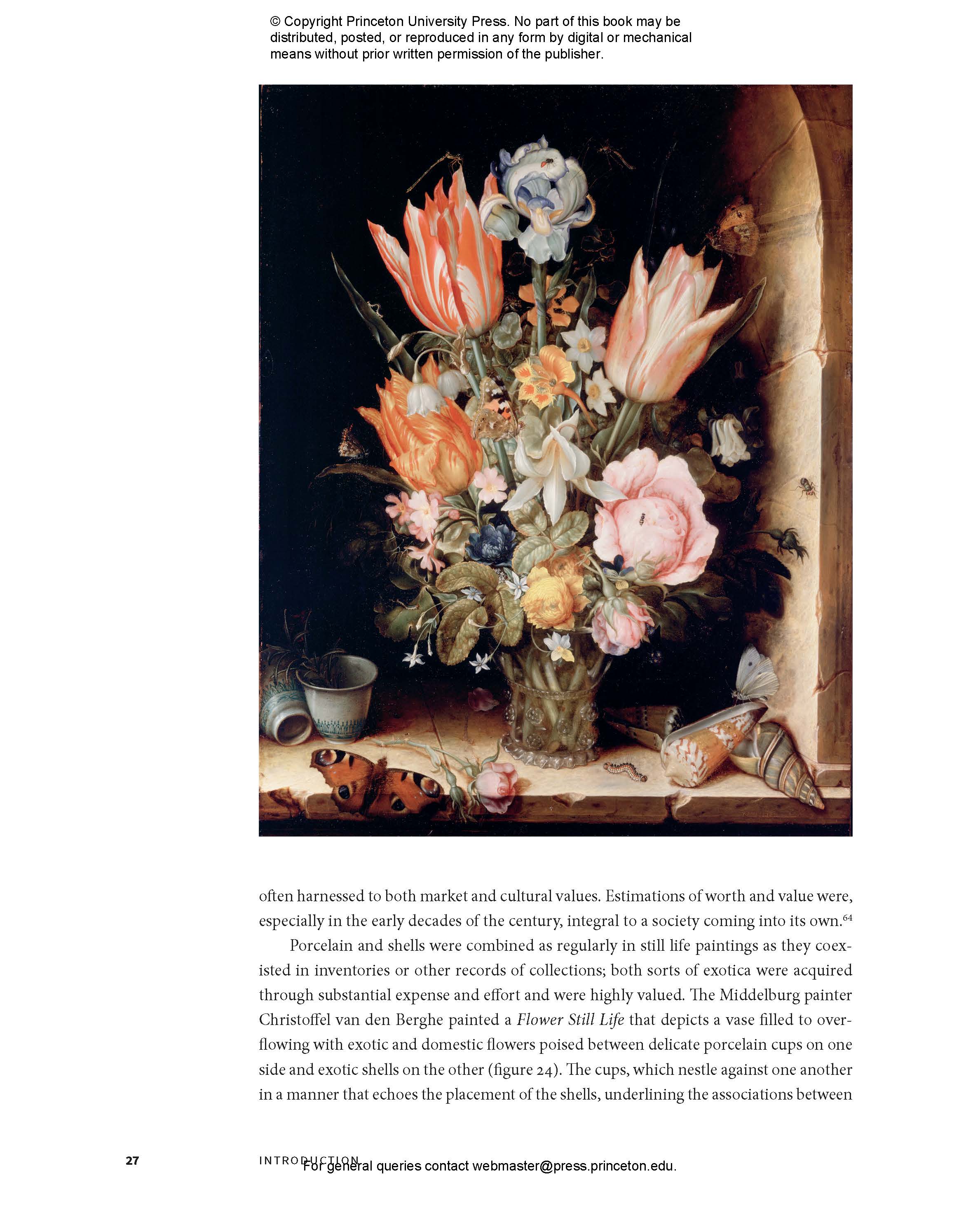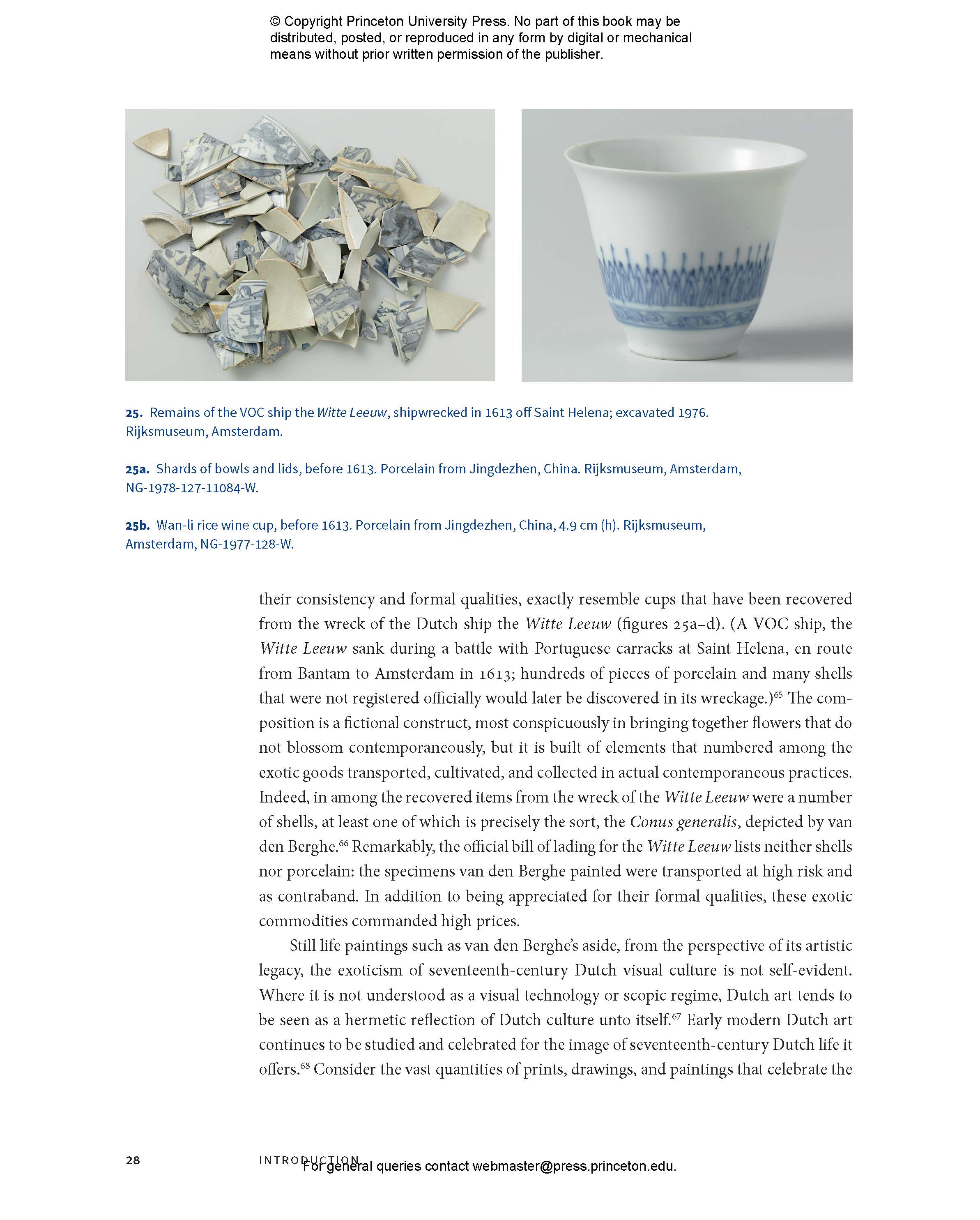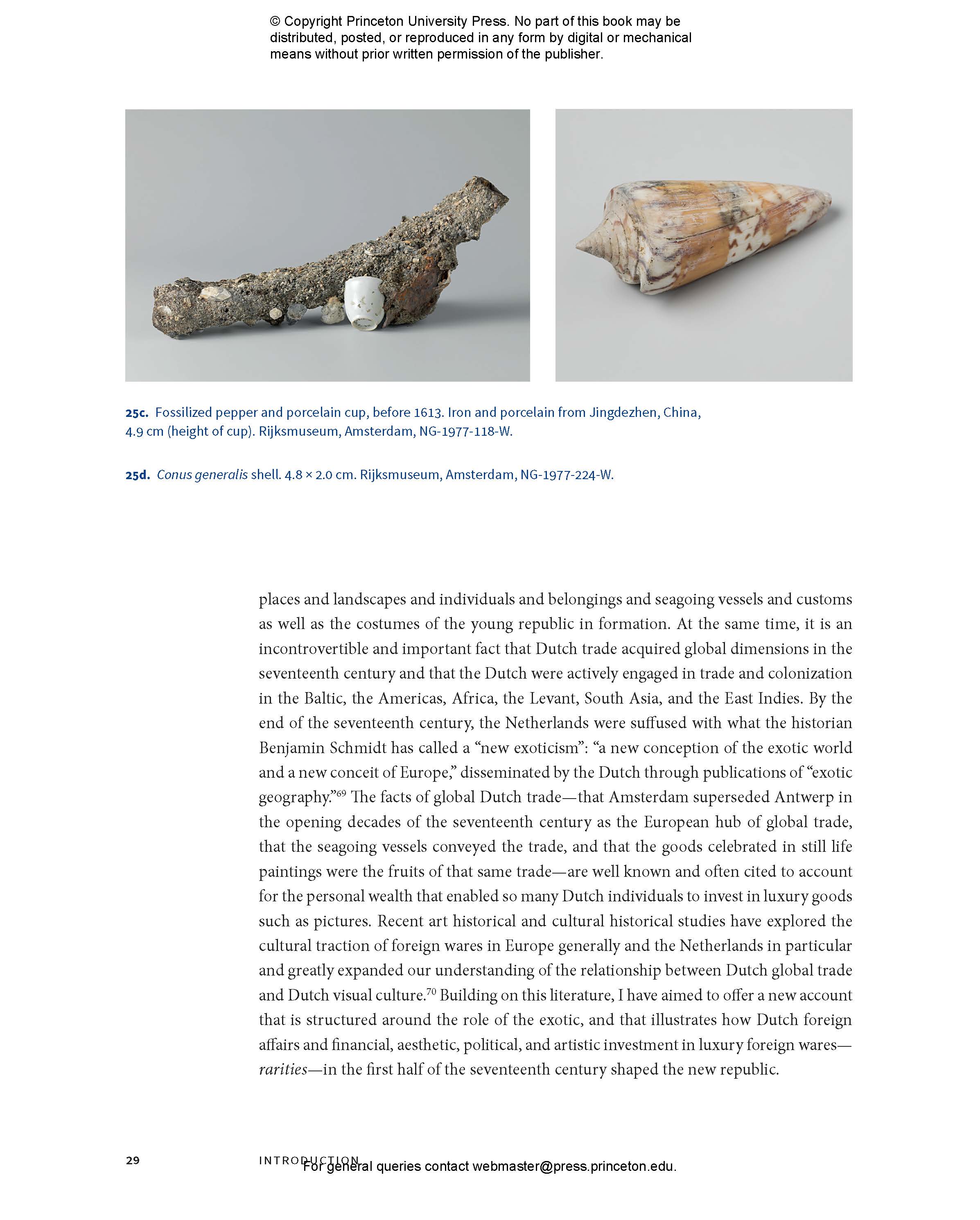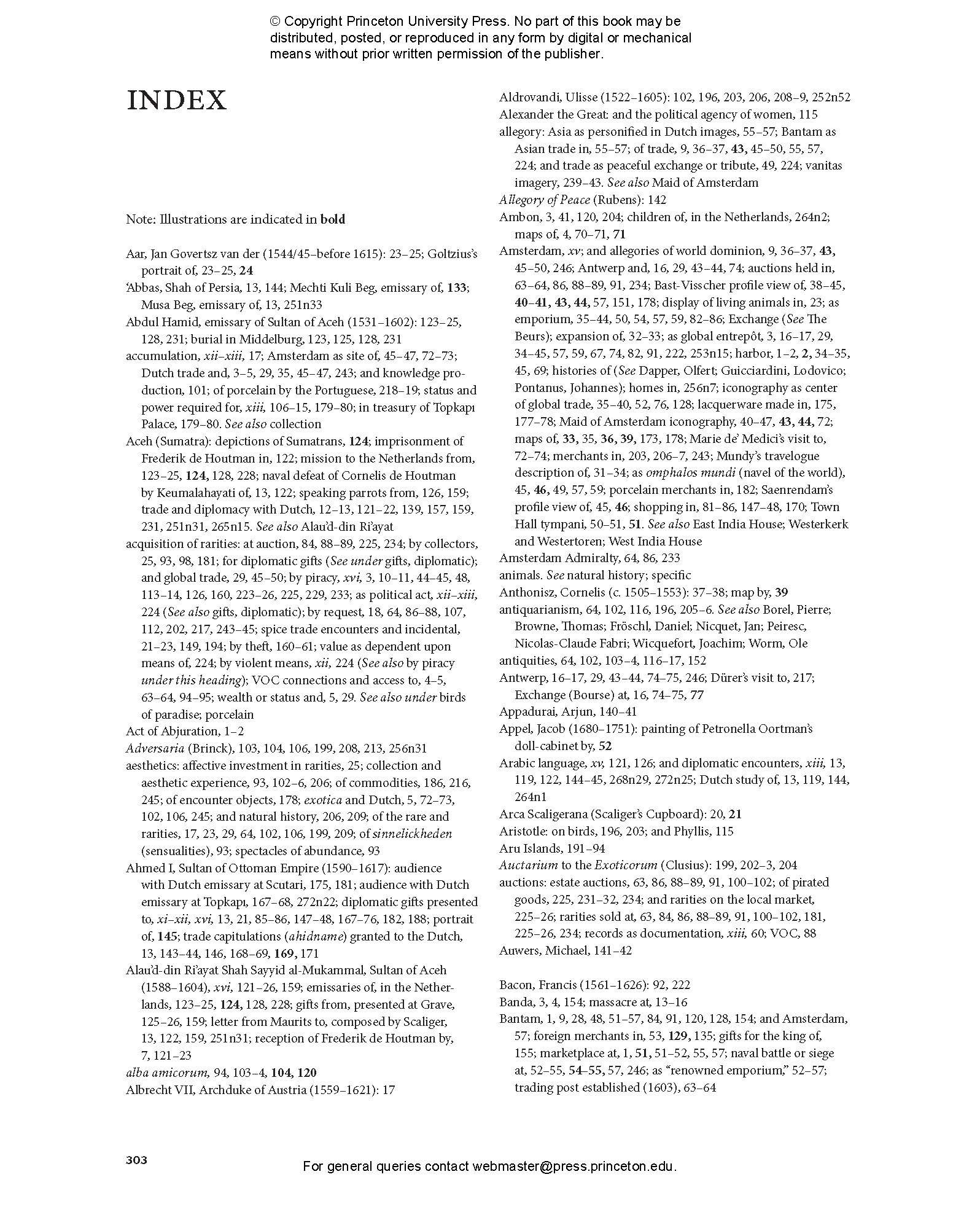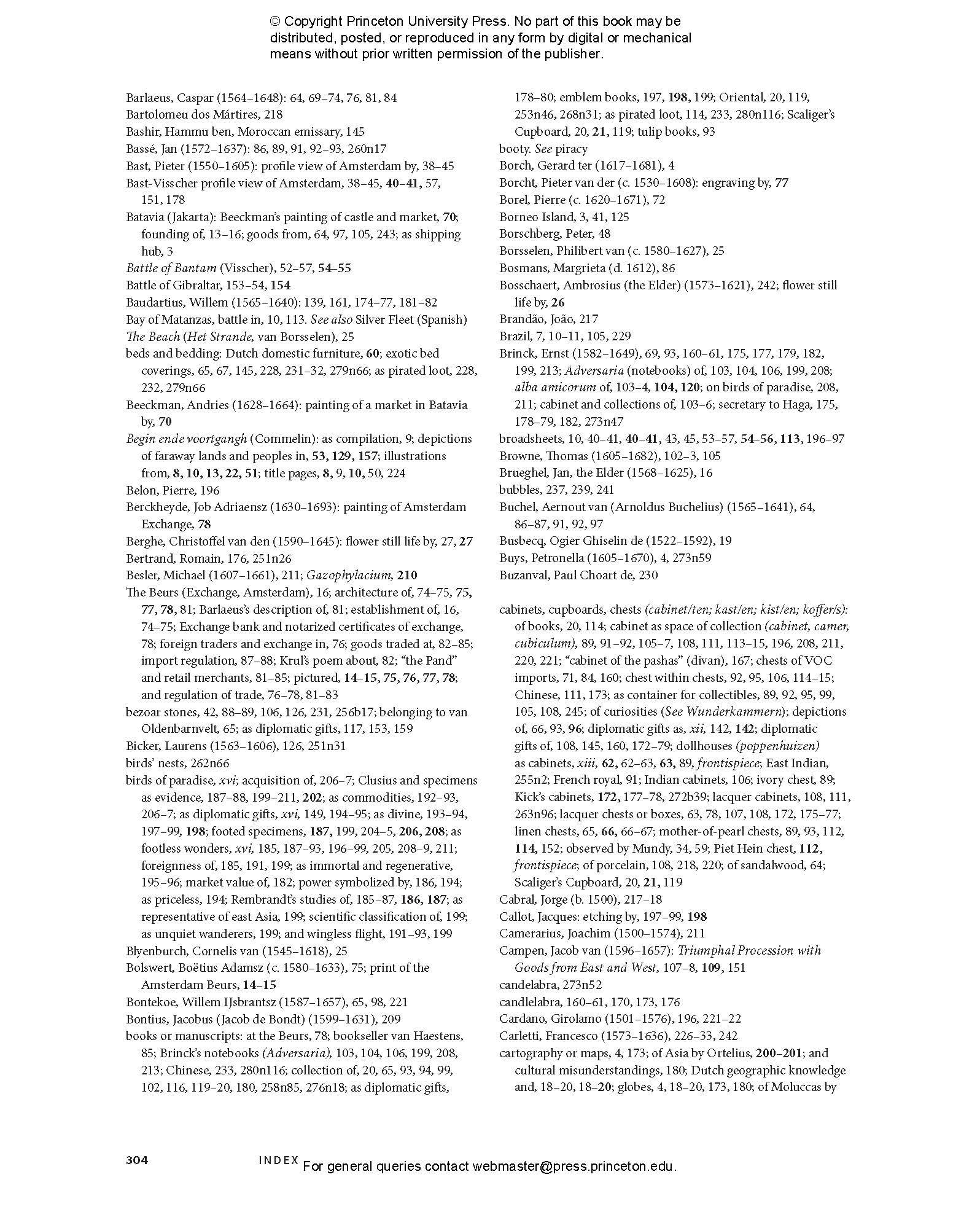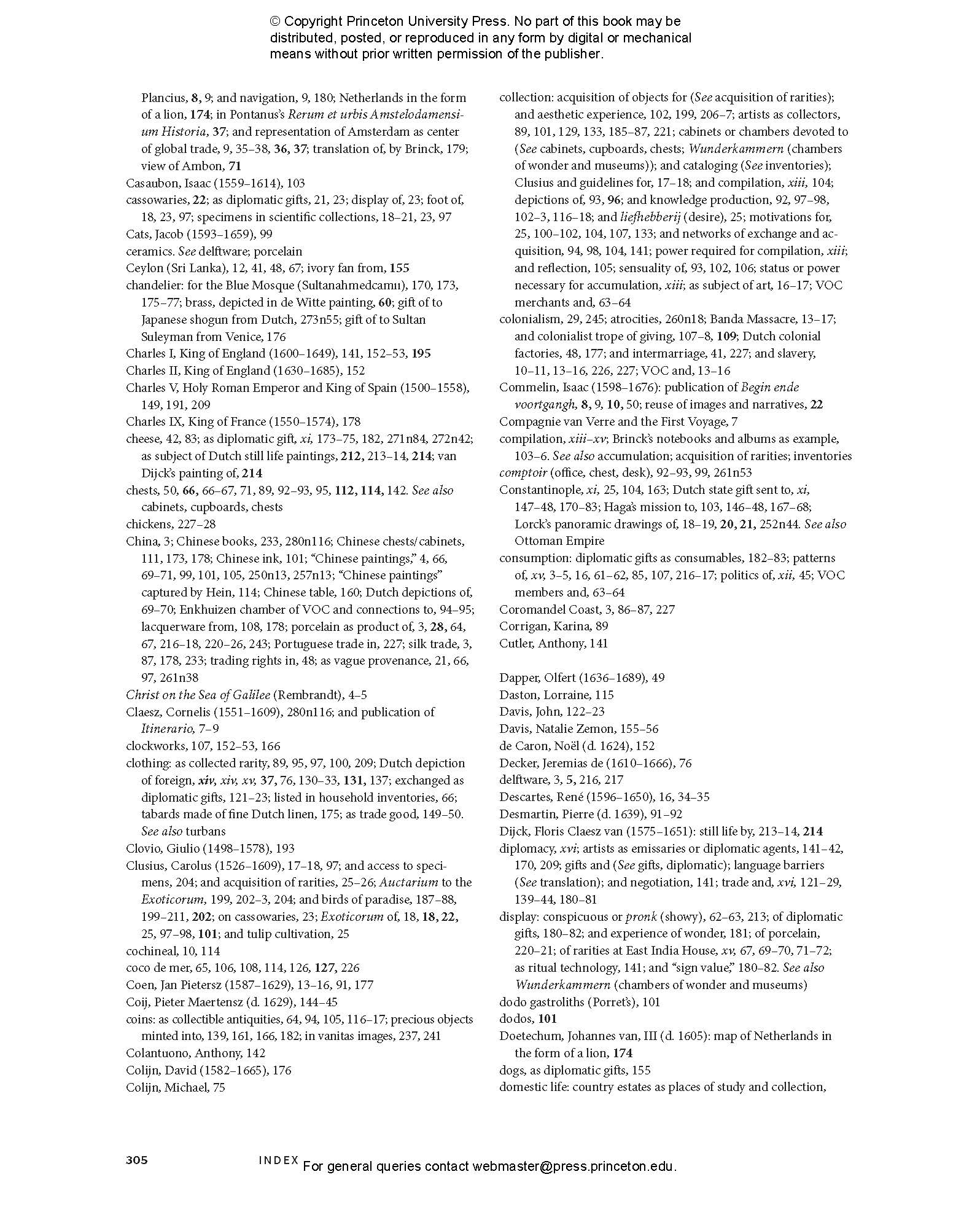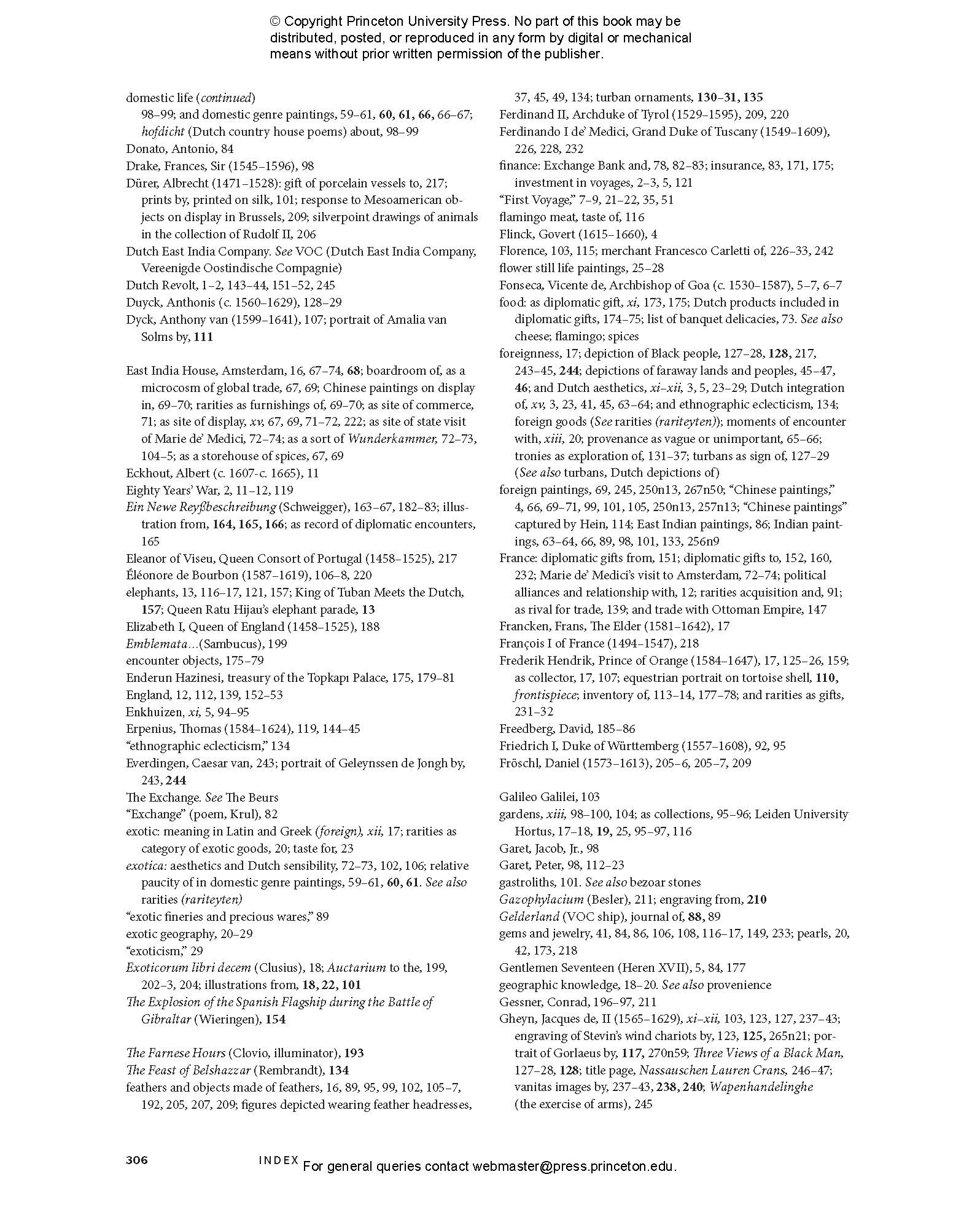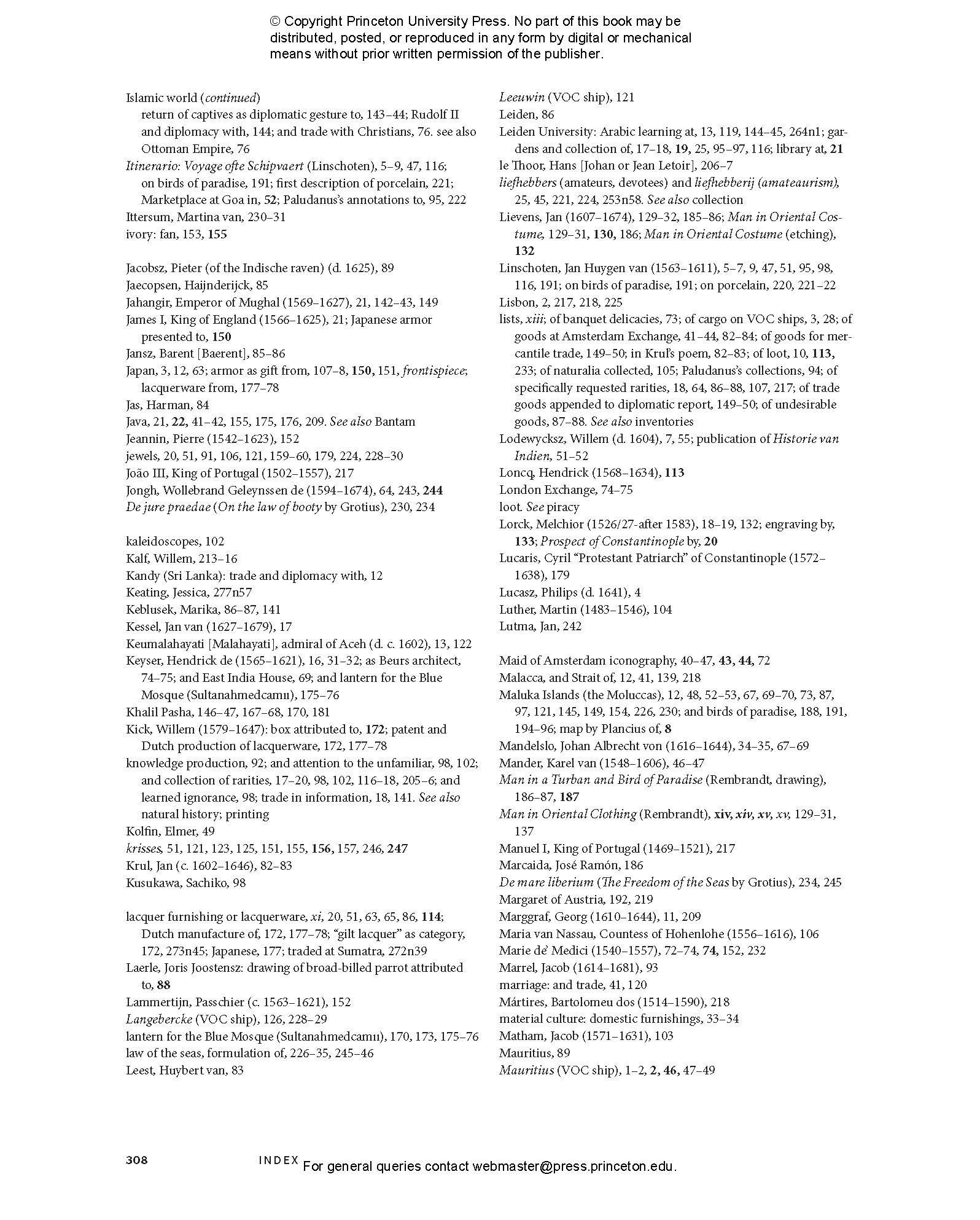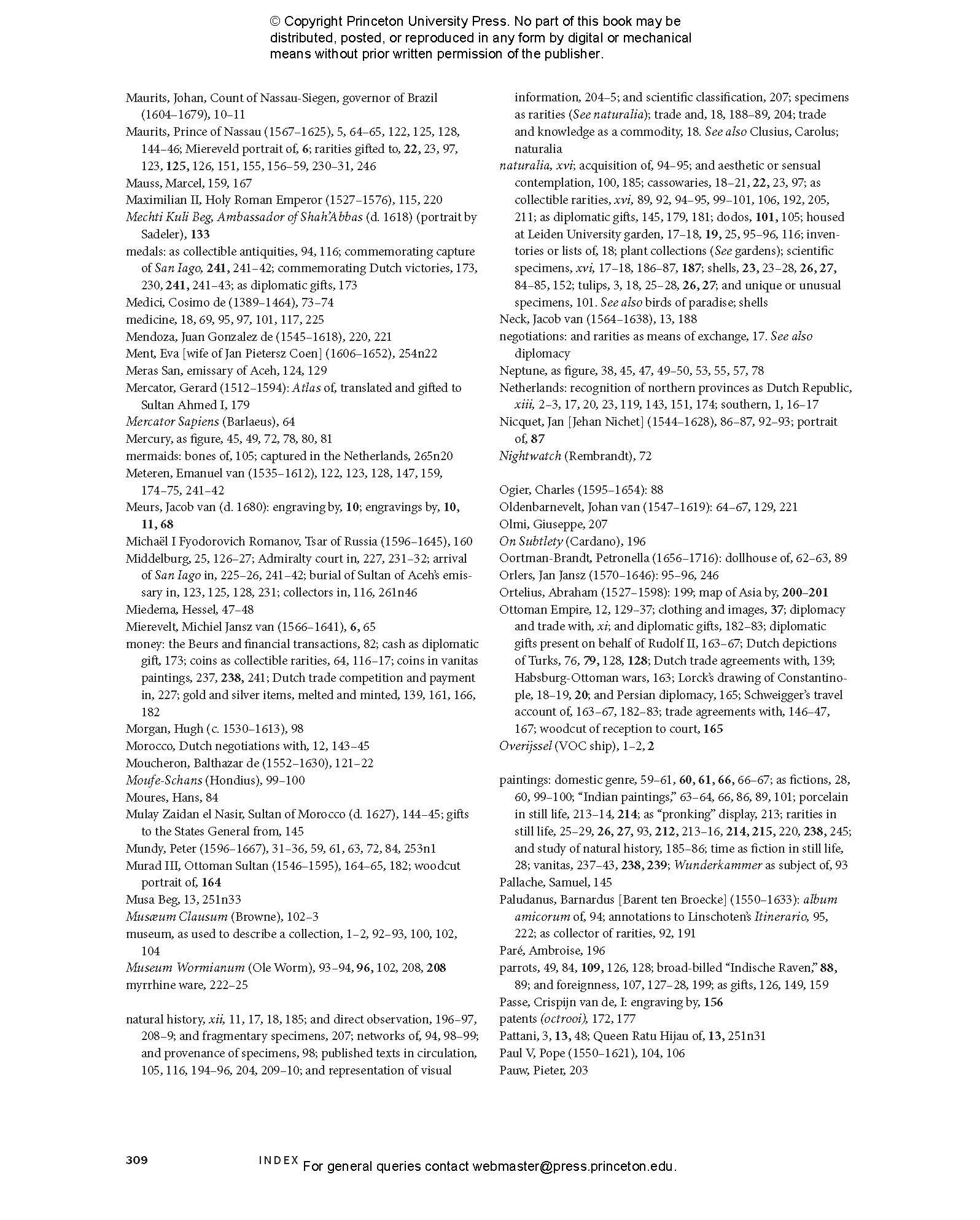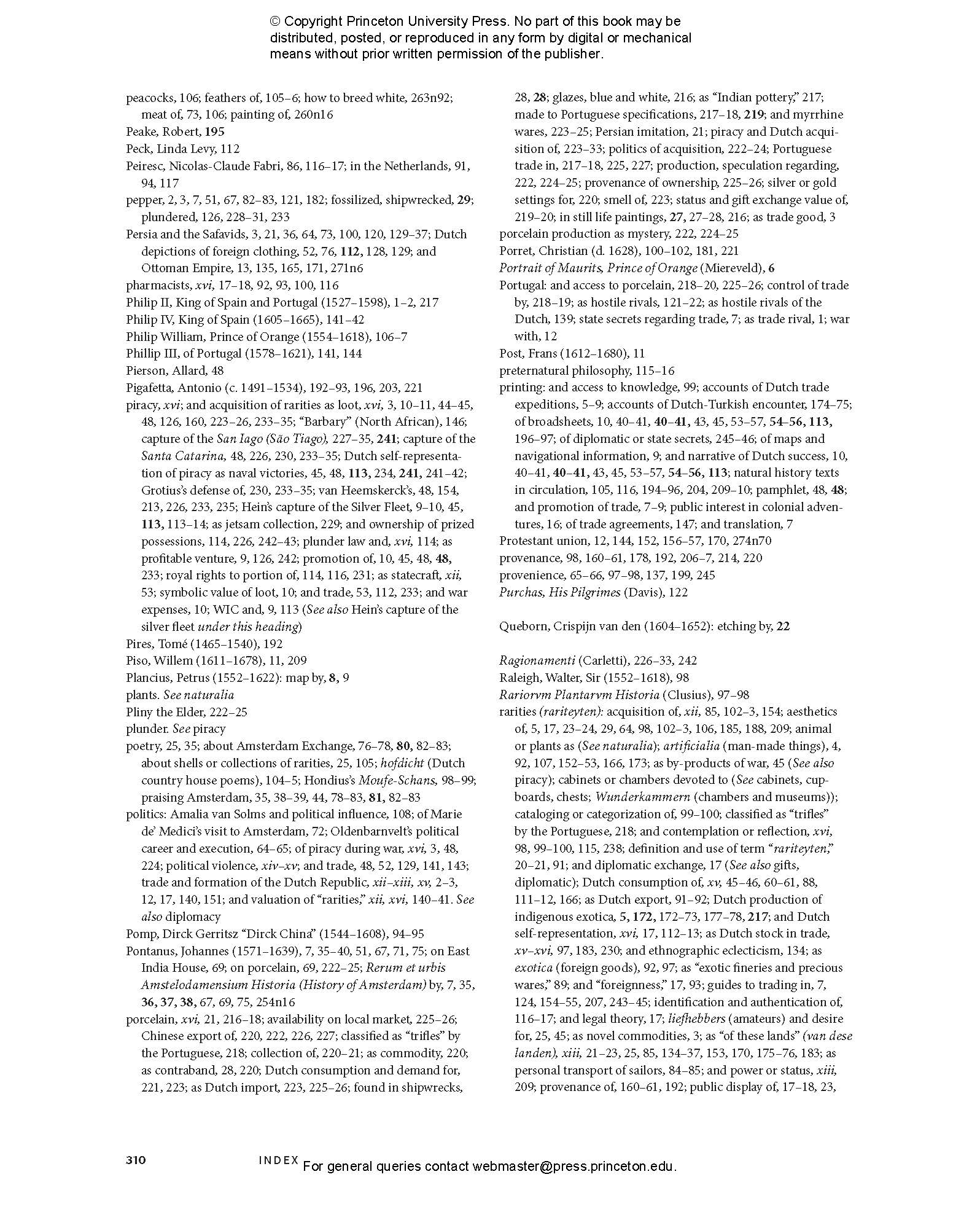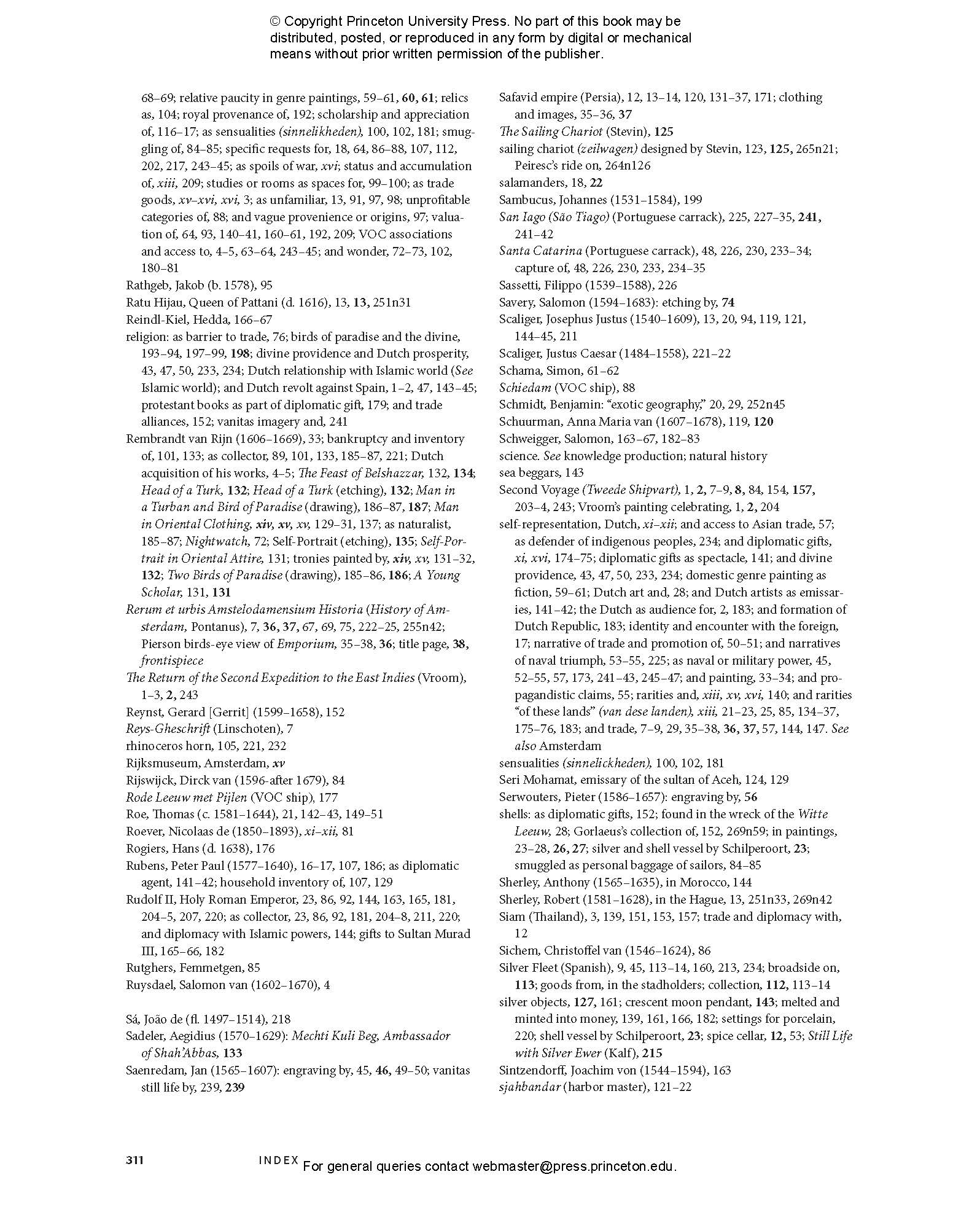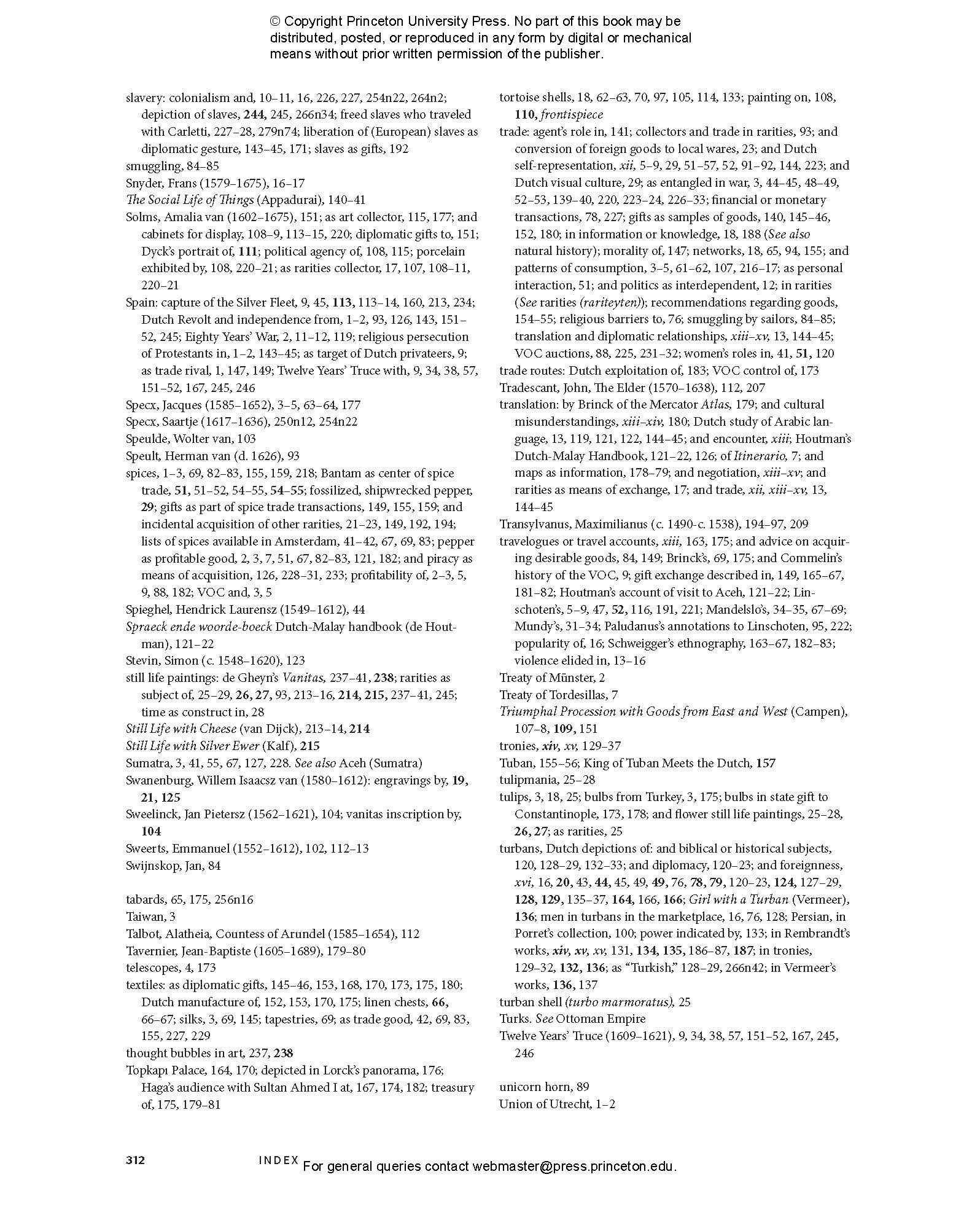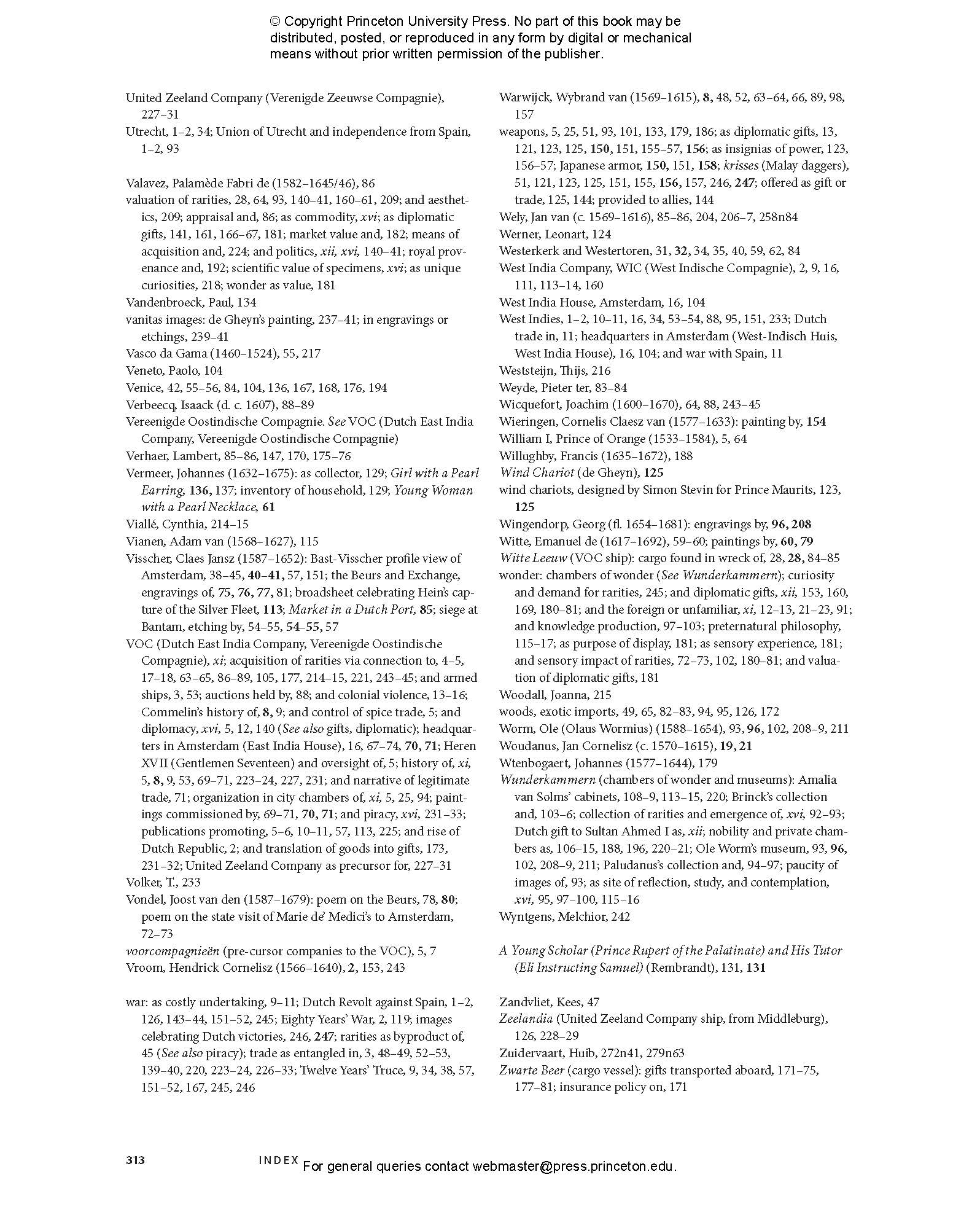The seventeenth century witnessed a great flourishing of Dutch trade and culture. Over the course of the first half of the century, the northern Netherlands secured independence from the Spanish crown, and the nascent republic sought to establish its might in global trade, often by way of diplomatic relations with the Ottoman Empire and other Muslim powers. Central to the political and cultural identity of the Dutch Republic were curious foreign goods the Dutch called “rarities.”
Rarities of These Lands explores how these rarities were obtained, exchanged, stolen, valued, and collected, tracing their global trajectories and considering their role within the politics of the new state. Claudia Swan’s insightful, engaging analysis offers a novel and compelling account of how the Dutch Republic turned foreign objects into expressions of its national self-conception.
Rarities of These Lands traces key elements of the formation of the Dutch Republic—artistic and colonialist ventures alike—offering new perspectives on this momentous period in the history of the Netherlands and its material culture.
"Rarities of these Lands is a rich reflection on the gap between the enchanting facade we call the Dutch Golden Age, on display...in every exhibition of 17th-century Dutch painting, and the riches, rarities and loot in the warehouse behind."—Timothy Brook, Times Literary Supplement
"Claudia Swan’s masterful study explores the Dutch taste for consumption, and the means by which distant lands were reached and foreign goods accessed, first by seizing and plundering Portuguese and Spanish cargoes, then by engaging in war and conquest. . . . Rarities of these Lands provides a rich narrative about the circulation of exotic material culture and the history of collecting in the seventeenth century."—Annemarie Jordan Gschwend, Journal of the History of Collections
"The early modern phenomenon of the kunstcamer or rariteytencamer (cabinets of curiosities) is a recurrent theme for Swan, and indeed each chapter might be likened to its own self-contained kunstcamer, packed with amazing images and a wide array of intriguing anecdotes. . .All of these wonders and more await the reader in lavishly illustrated pages."—Ellsworth Hamann, CAA Reviews
"Rarities of these Lands is a magnificent achievement. . . . [It] integrate[s] art historical and historical perspectives on the history of a single country into a compelling tale of global connections and entanglements."—Maarten Prak, Early Modern Low Countries
"Rarities of these Lands not only makes important claims about the founding of the Dutch Republic but also speaks to the interdependence of commerce, art, and political self-fashioning among populations across the early modern world. . . . Rich in formal analysis, the passages describing individual works of art are beautifully articulated. . . . An essential work."—Dawn Odell, Historians of Netherlandish Art Reviews
"Swan’s prose brings to life encounters in the Dutch Republic and overseas, as she introduces foreign visitors, travelers, and diplomats who were captured in text and images as they exchanged the types of goods discussed and depicted in this richly illustrated volume.—Marsely Kehoe, Renaissance Quarterly"
"The special, indeed exceptional, value of this excellent book, a work that took many years to complete, lies in the precious role it plays as a bridge between the Dutch art world of the early seventeenth century and the far better-documented processes of commerce, the expansionist policy of the East India Company in the Far East, and the diplomatic world of the day."—Jonathan I. Israel, Journal of Modern History
"This is a book of impressive learning on a vital and timely topic in art history. Written with flair, surety, and nuance, Rarities of These Lands is a major work by a scholar at the height of her powers."—Joseph Leo Koerner, author of Bosch and Bruegel: From Enemy Painting to Everyday Life
"Rarities of These Lands is clear and authoritative, based on extensive research and deep familiarity with the material, as befits the work of a mature scholar. This is a book that we have needed for some time."—Larry Silver, author of Marketing Maximilian: The Visual Ideology of a Holy Roman Emperor
